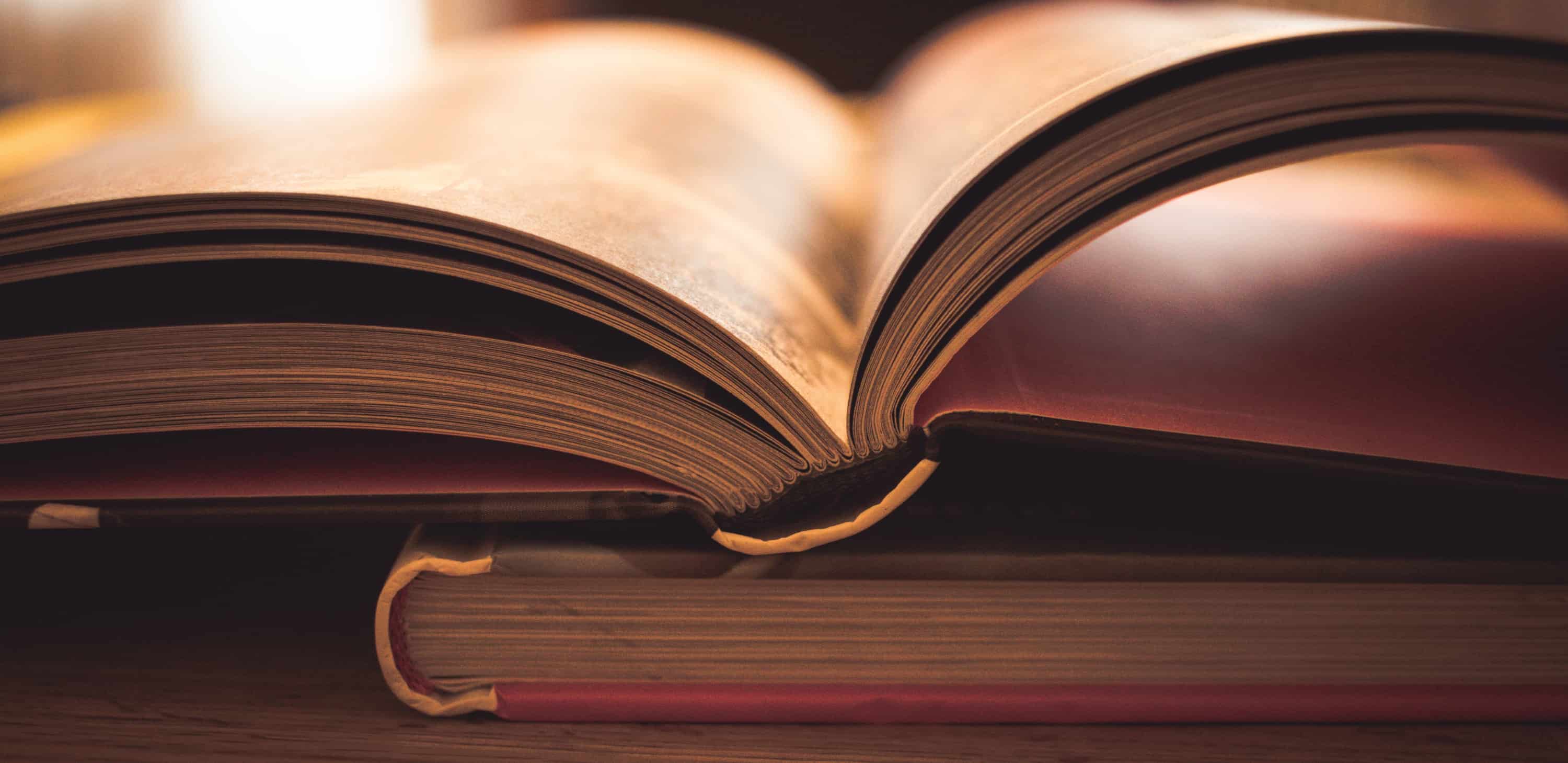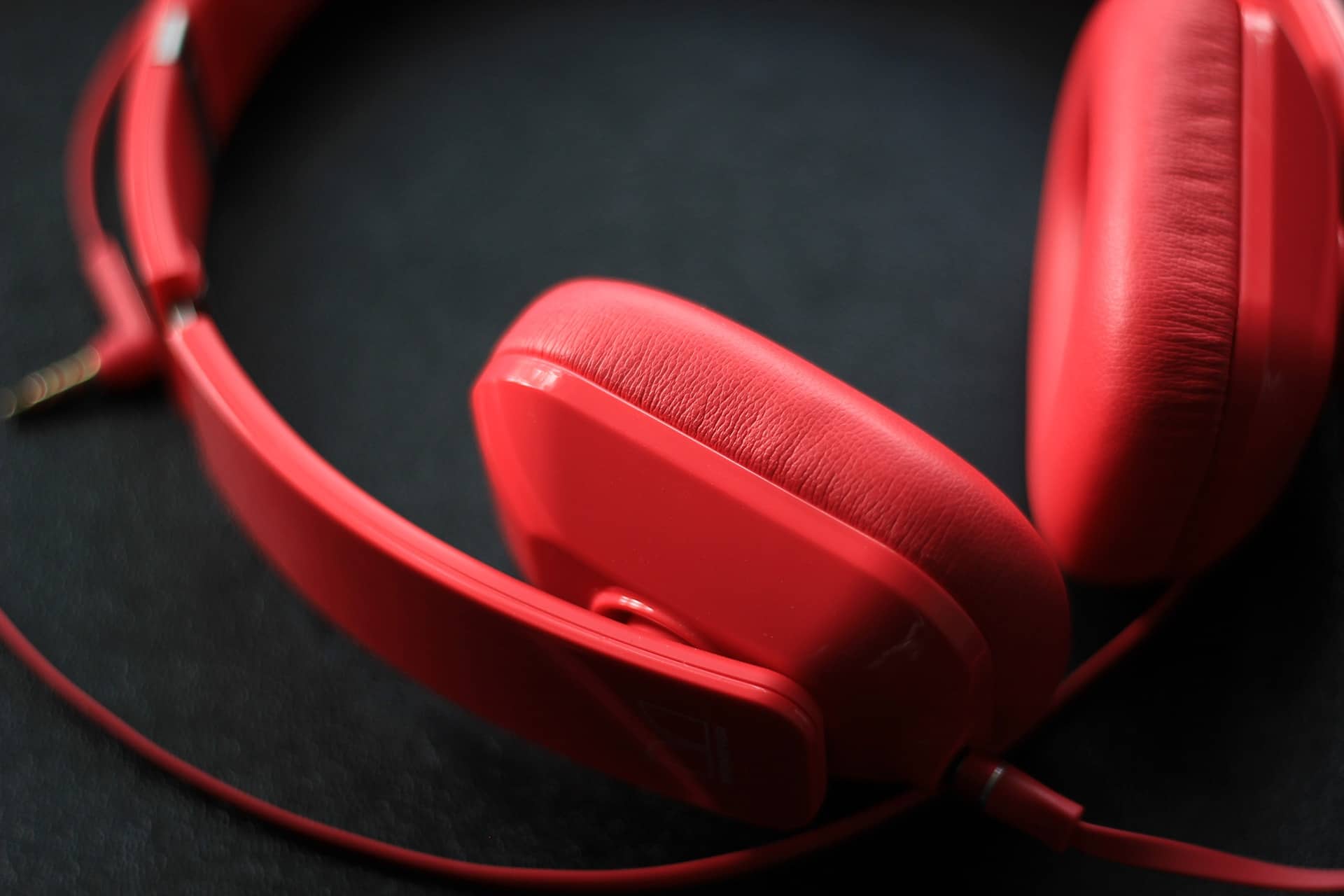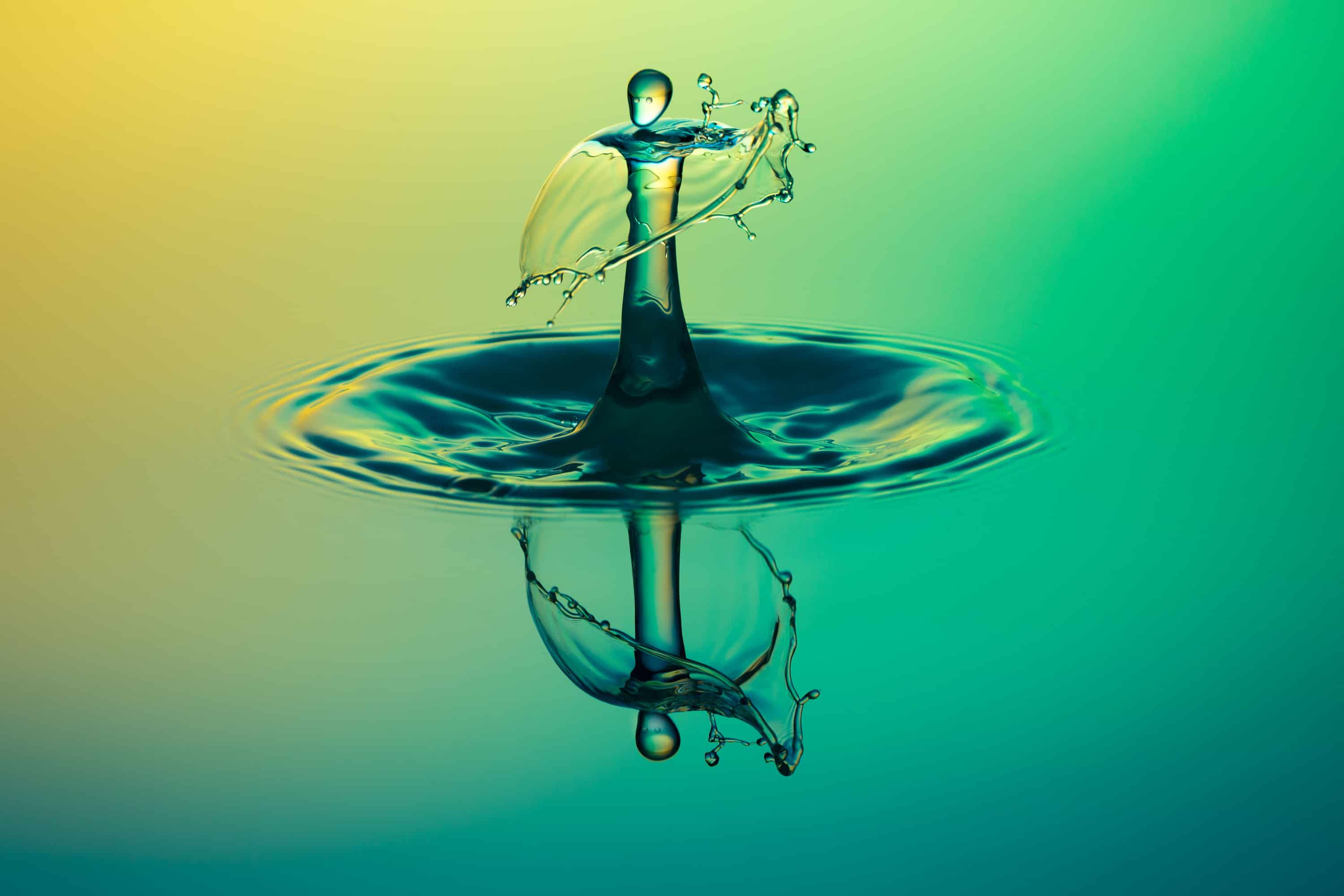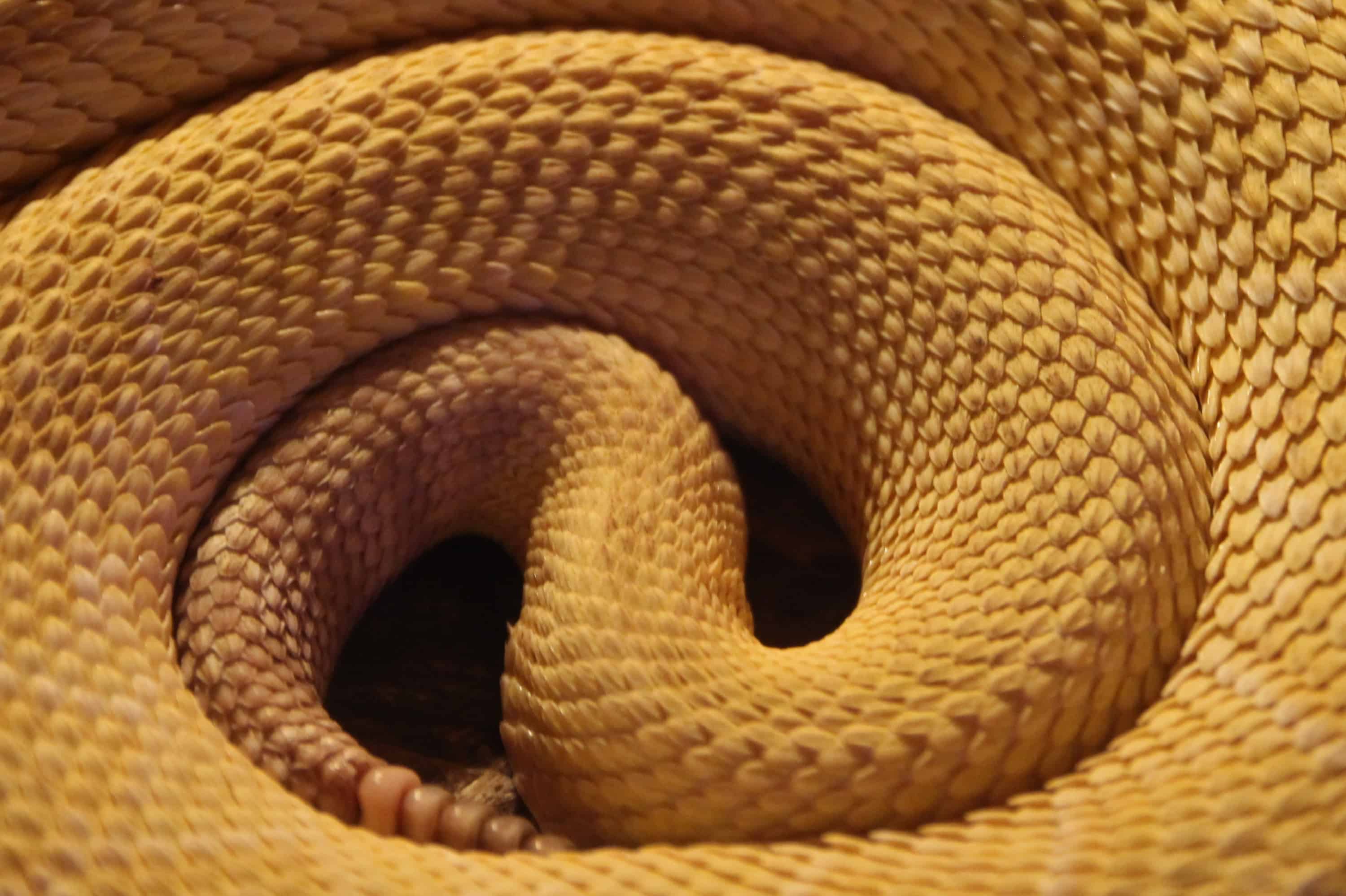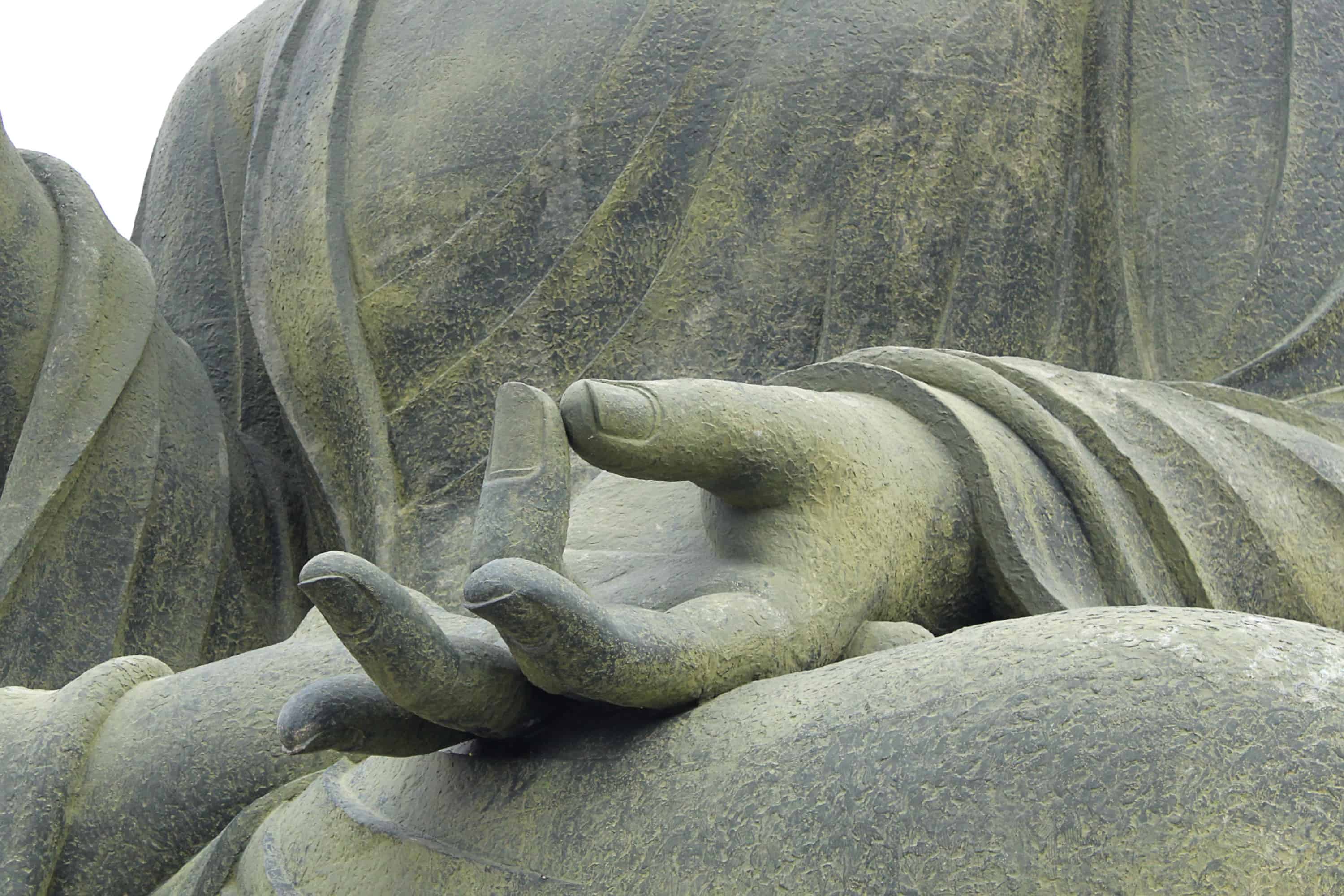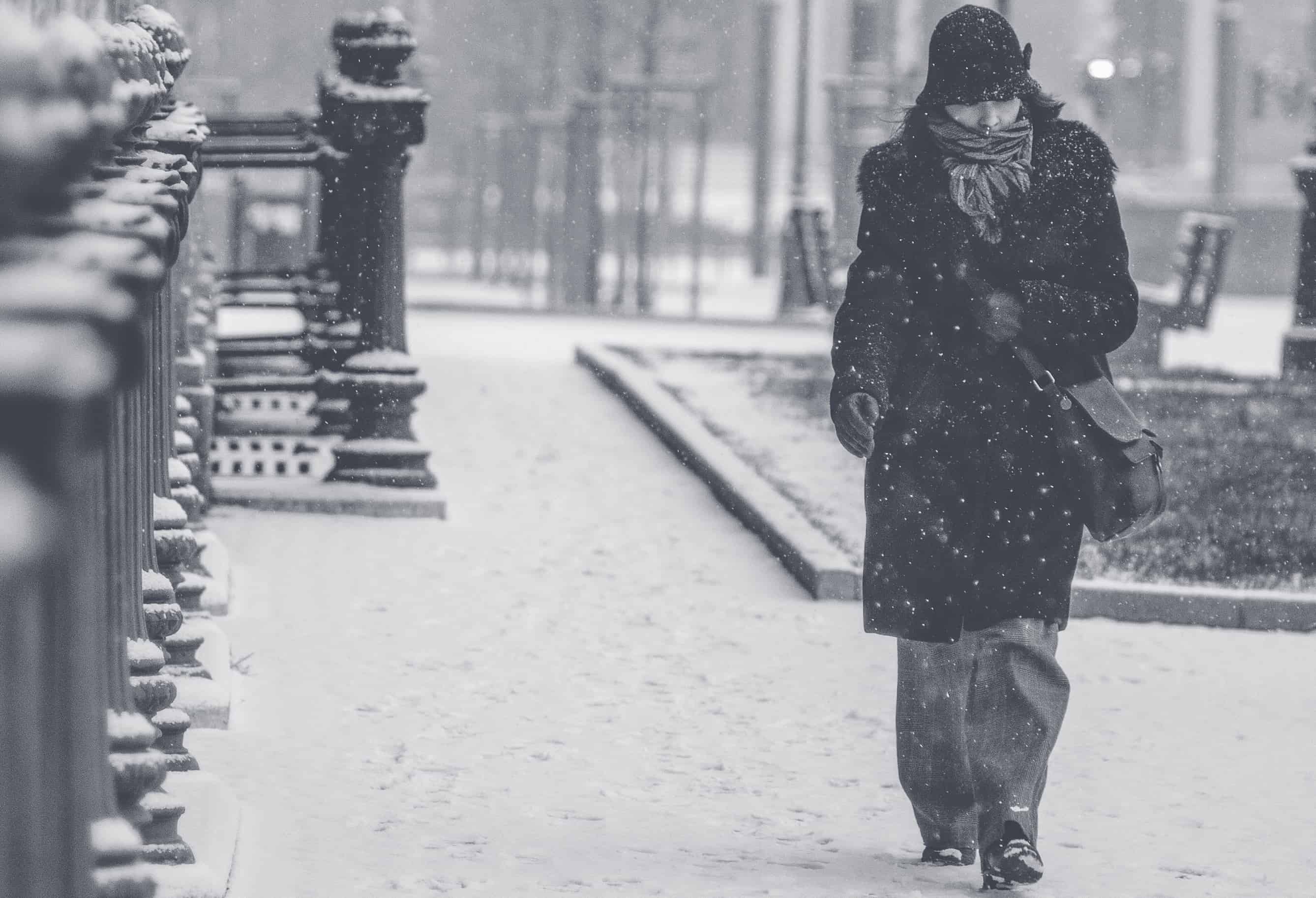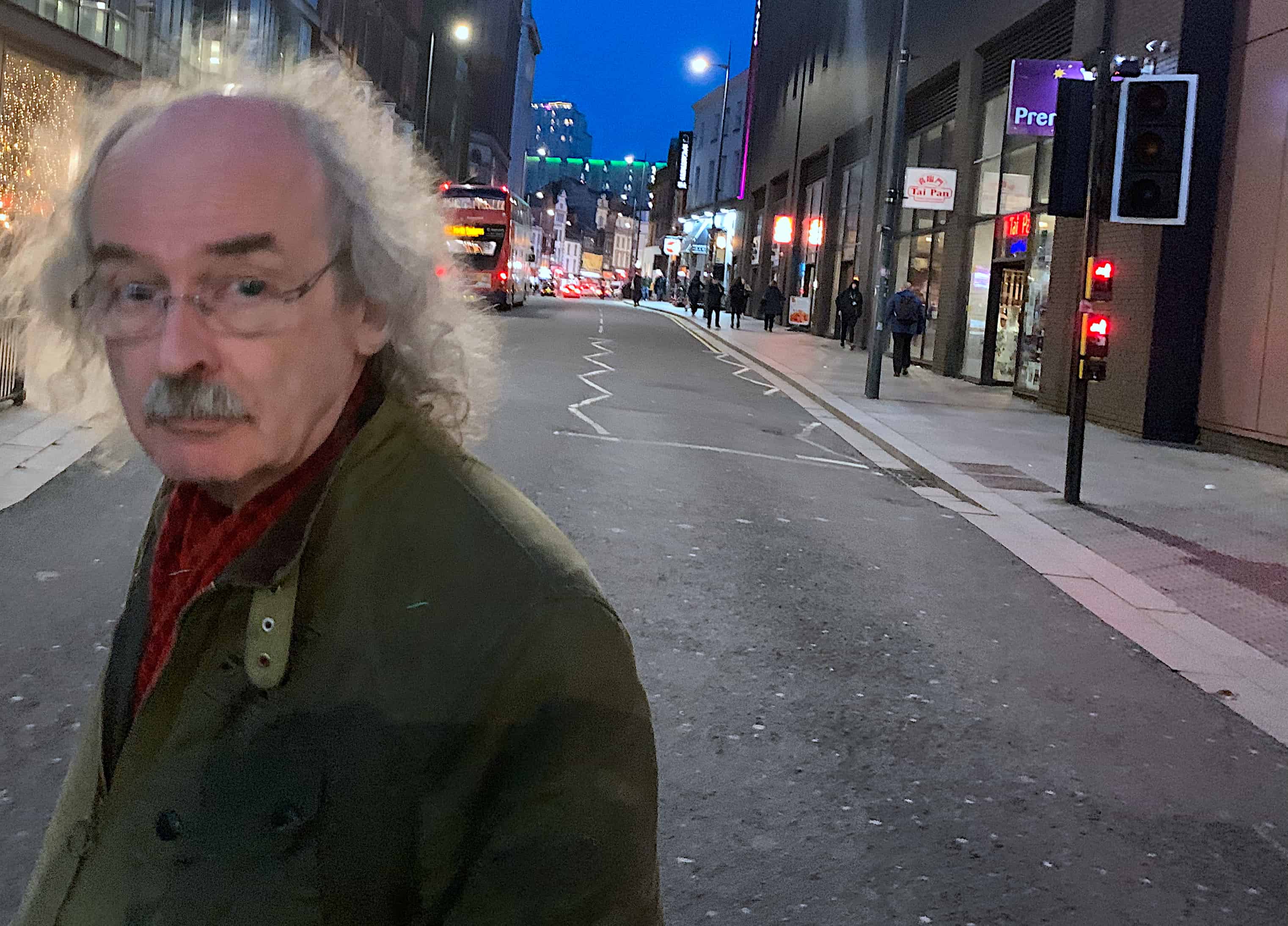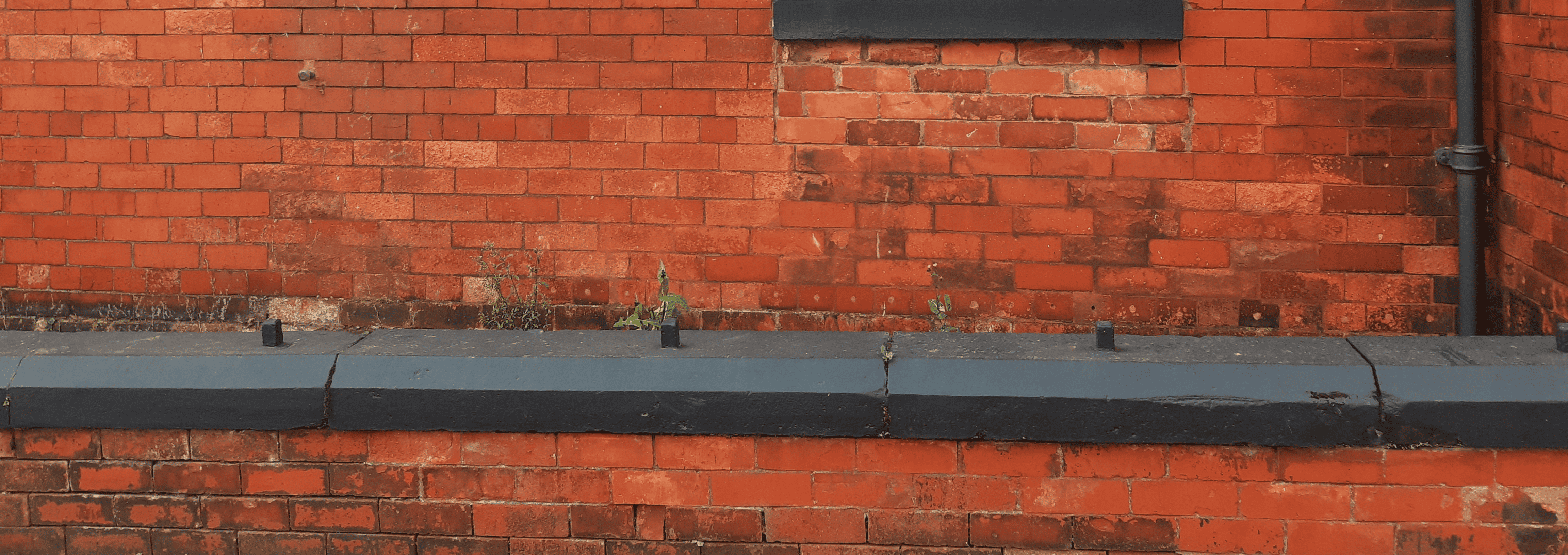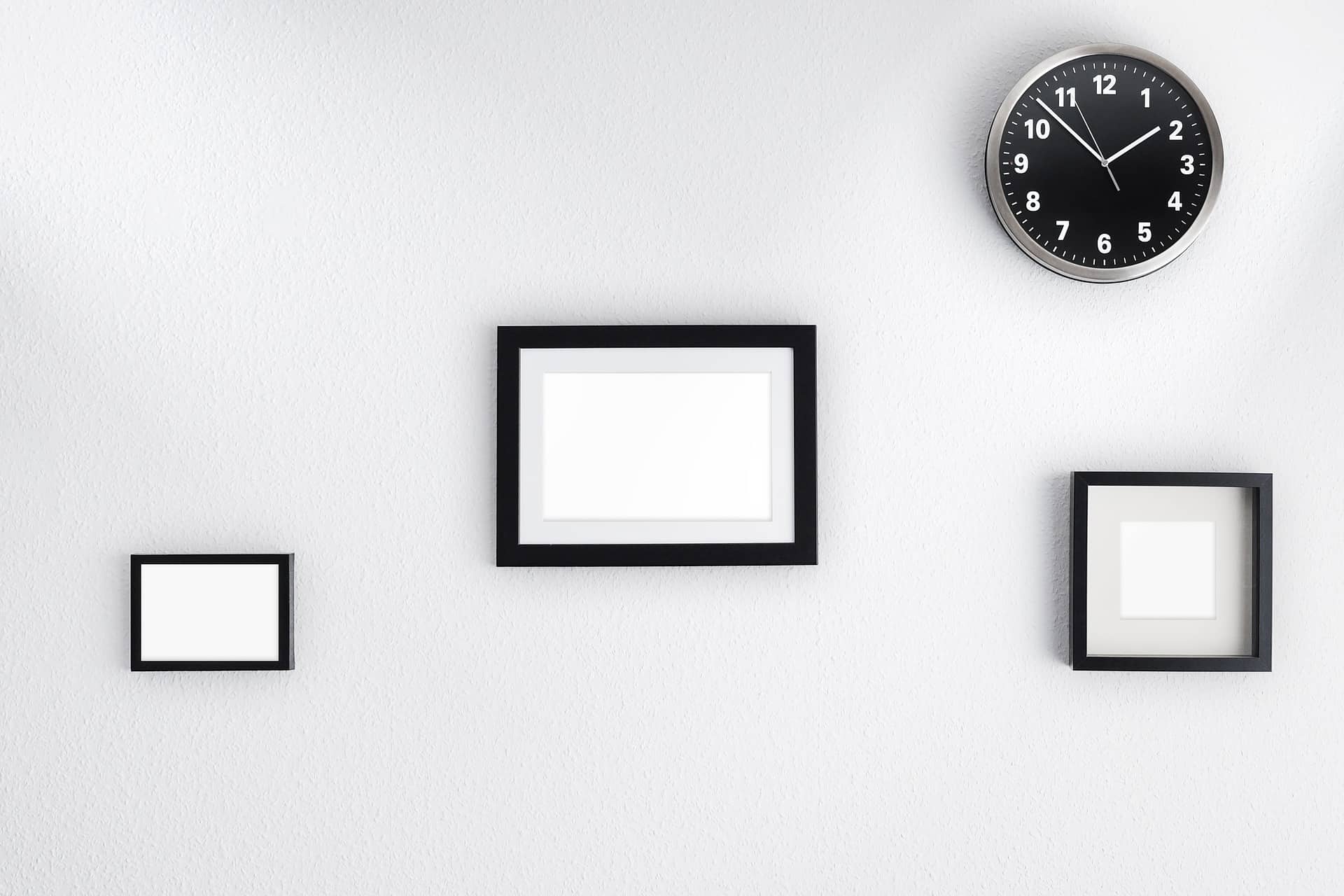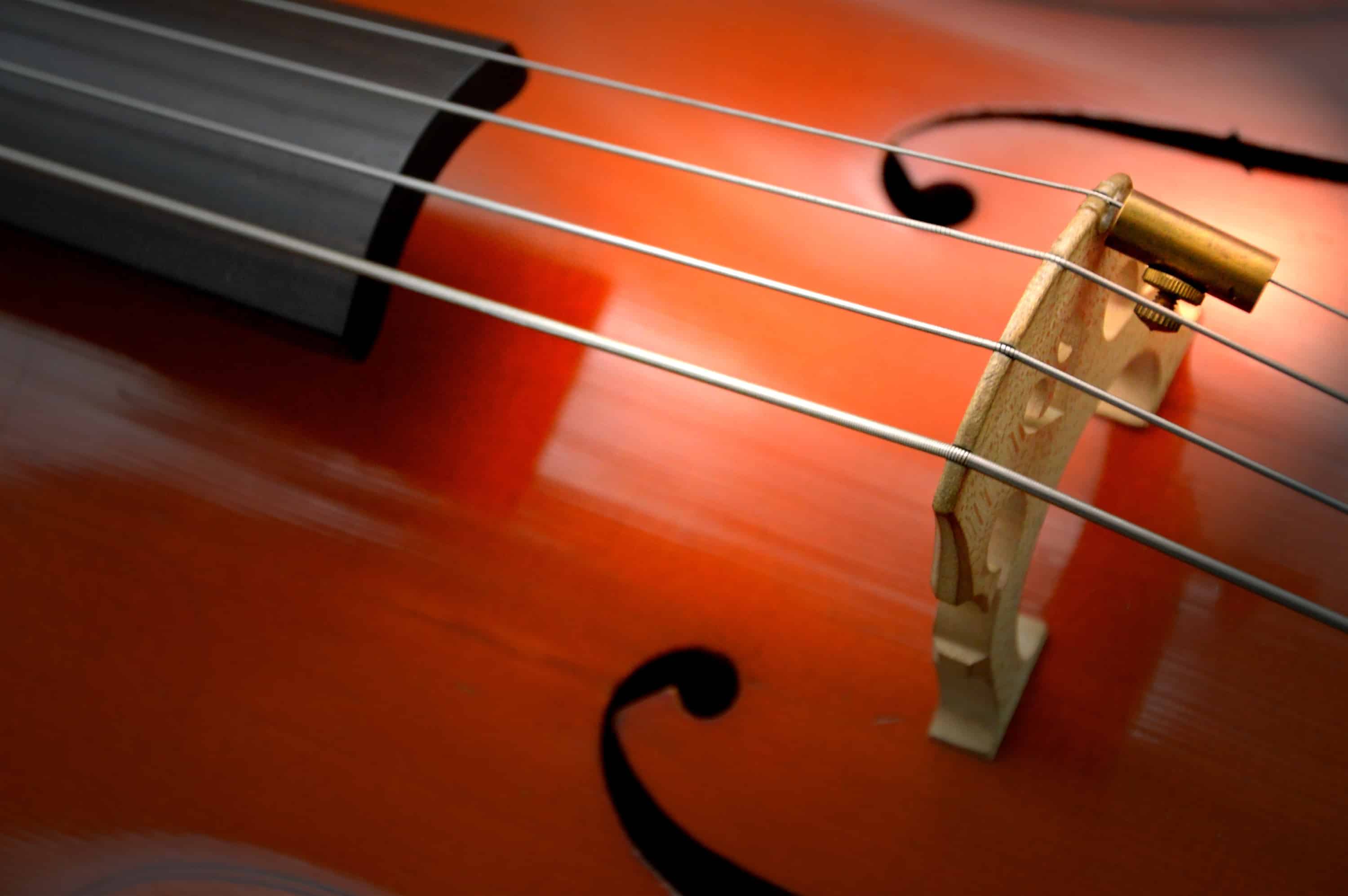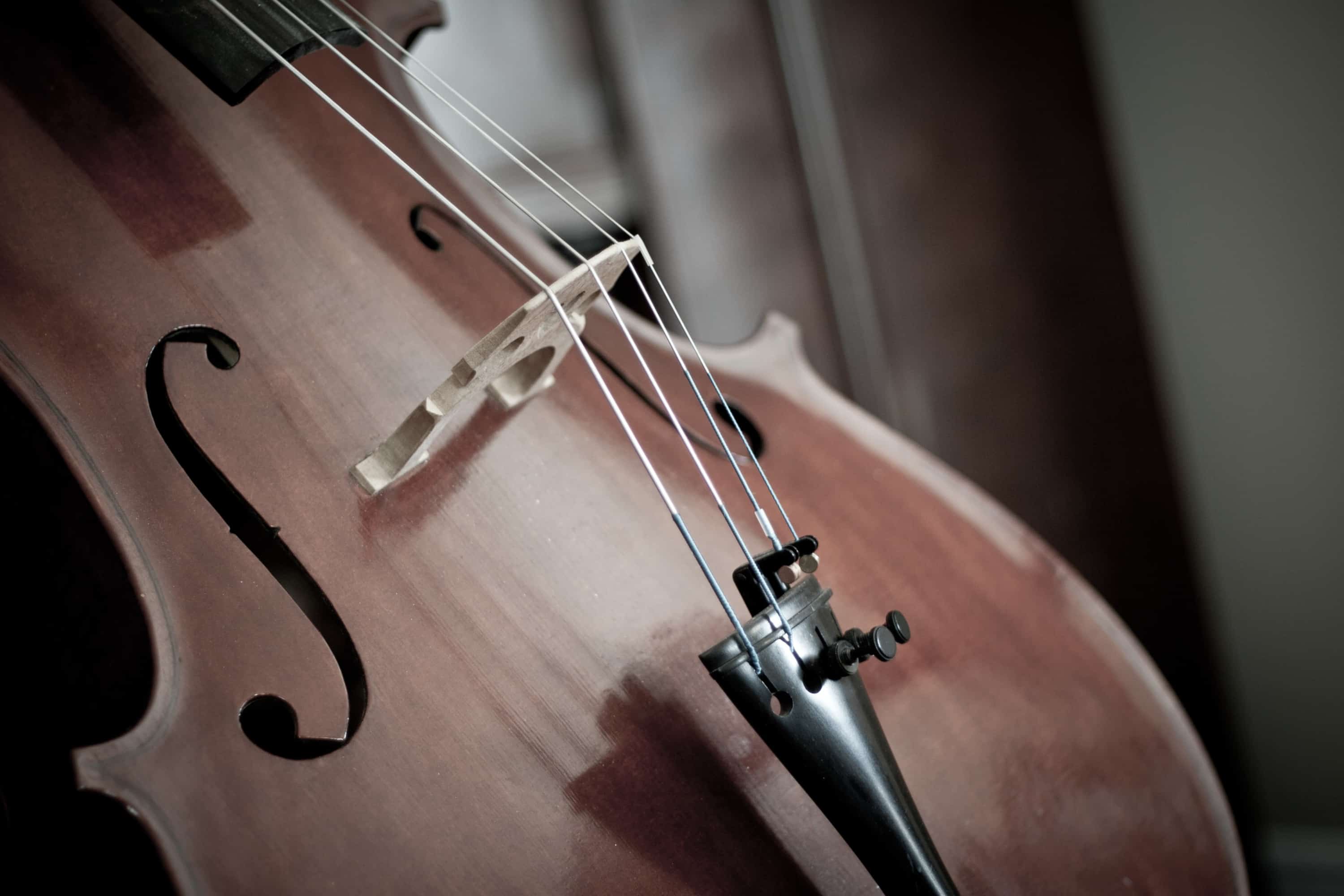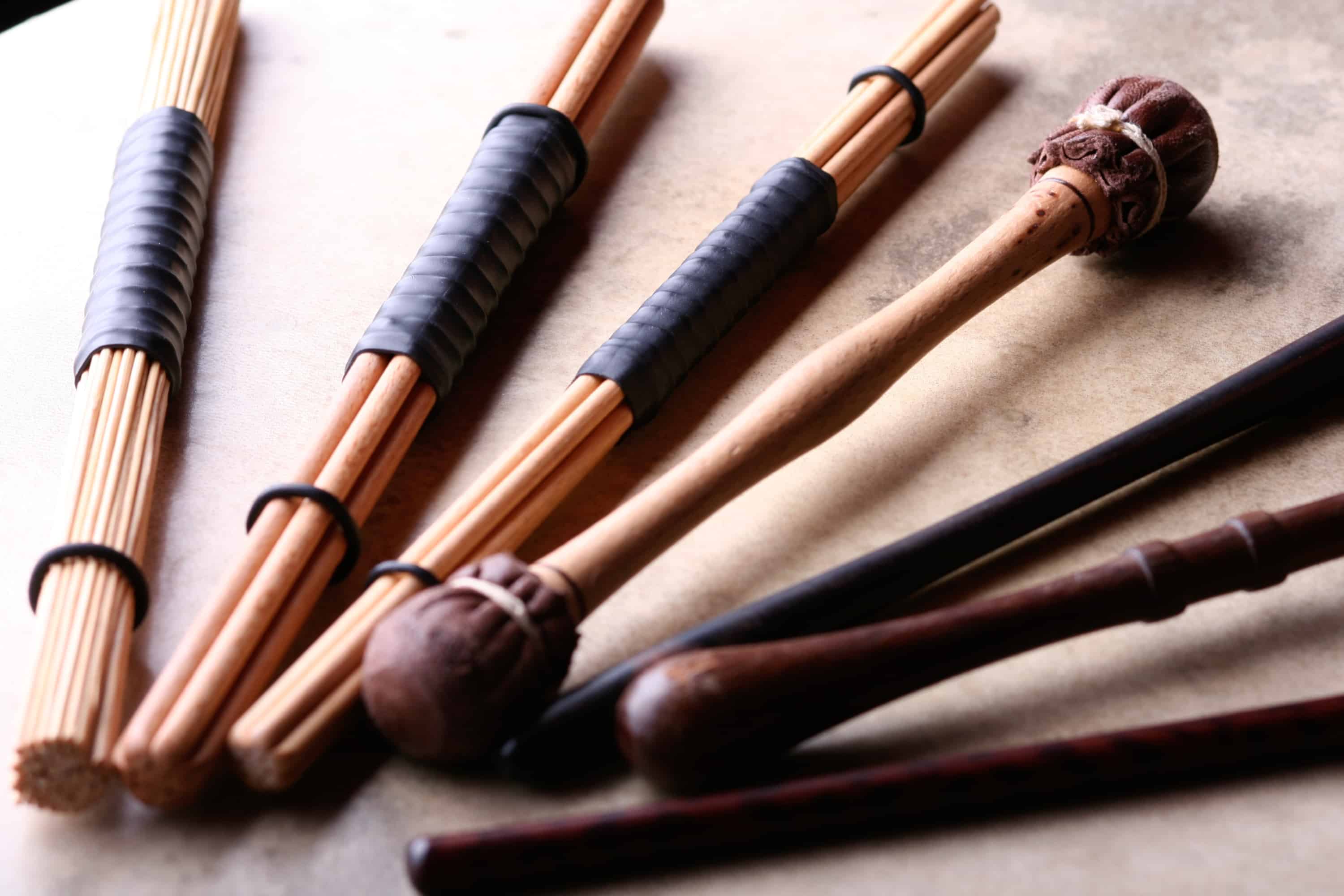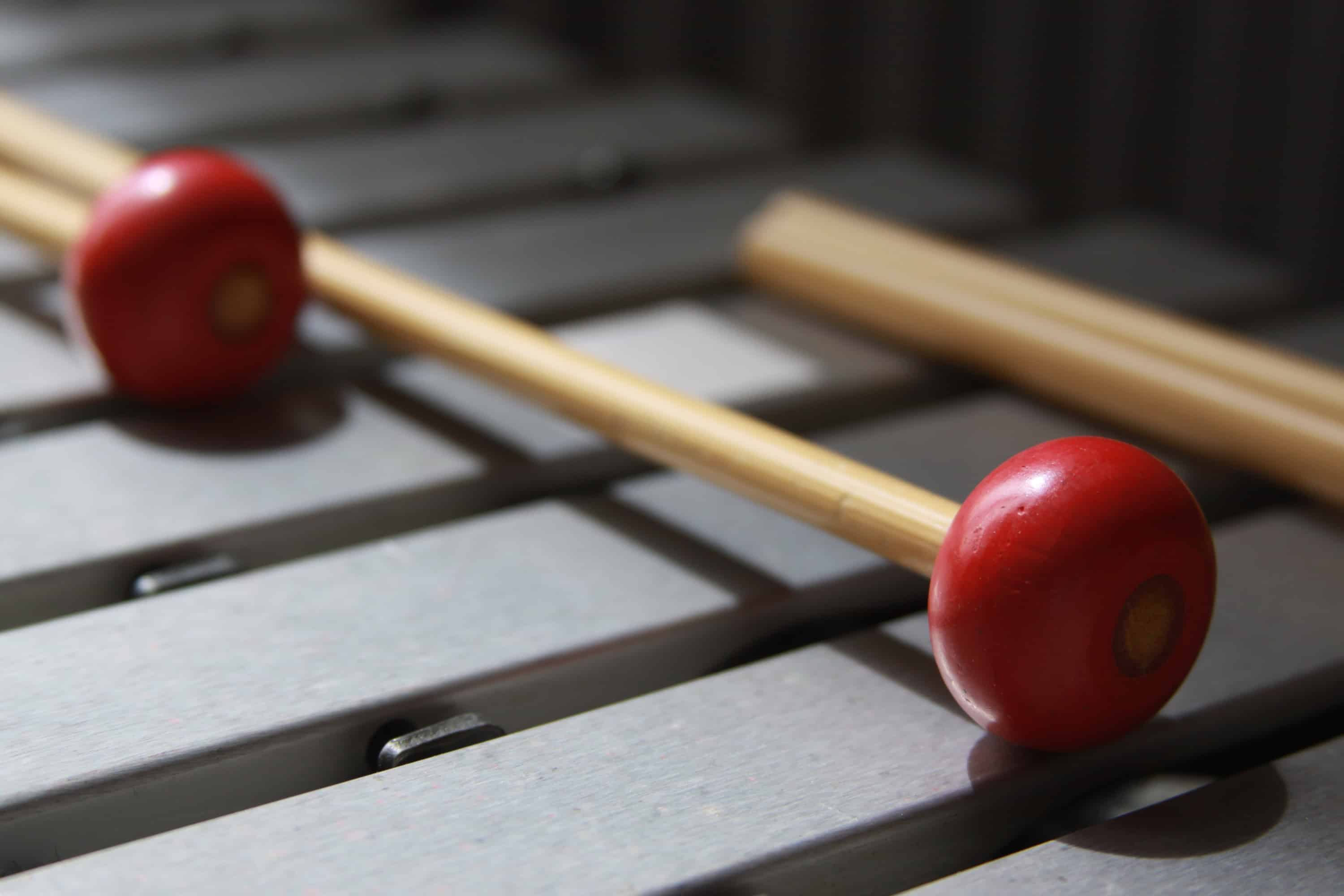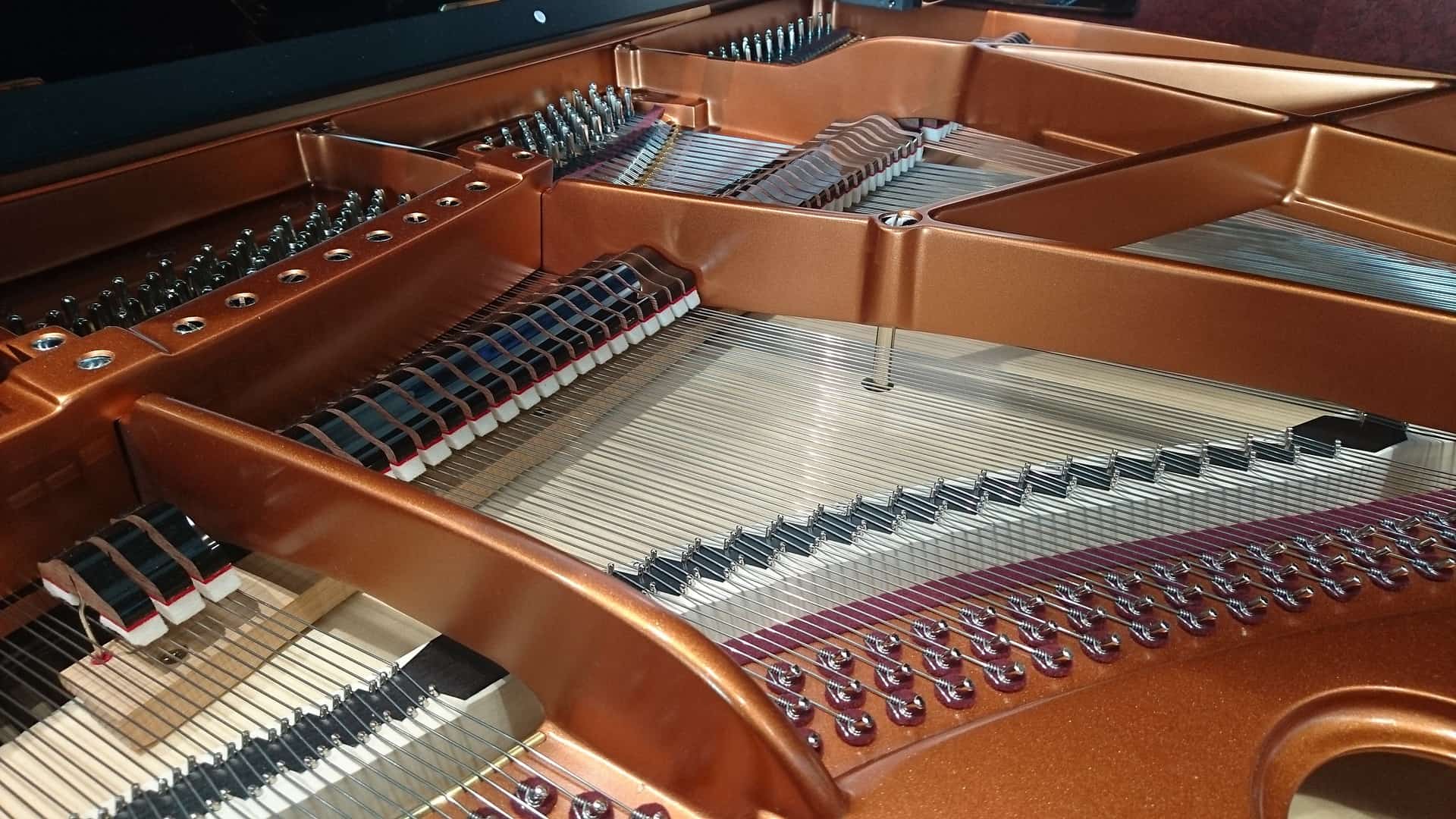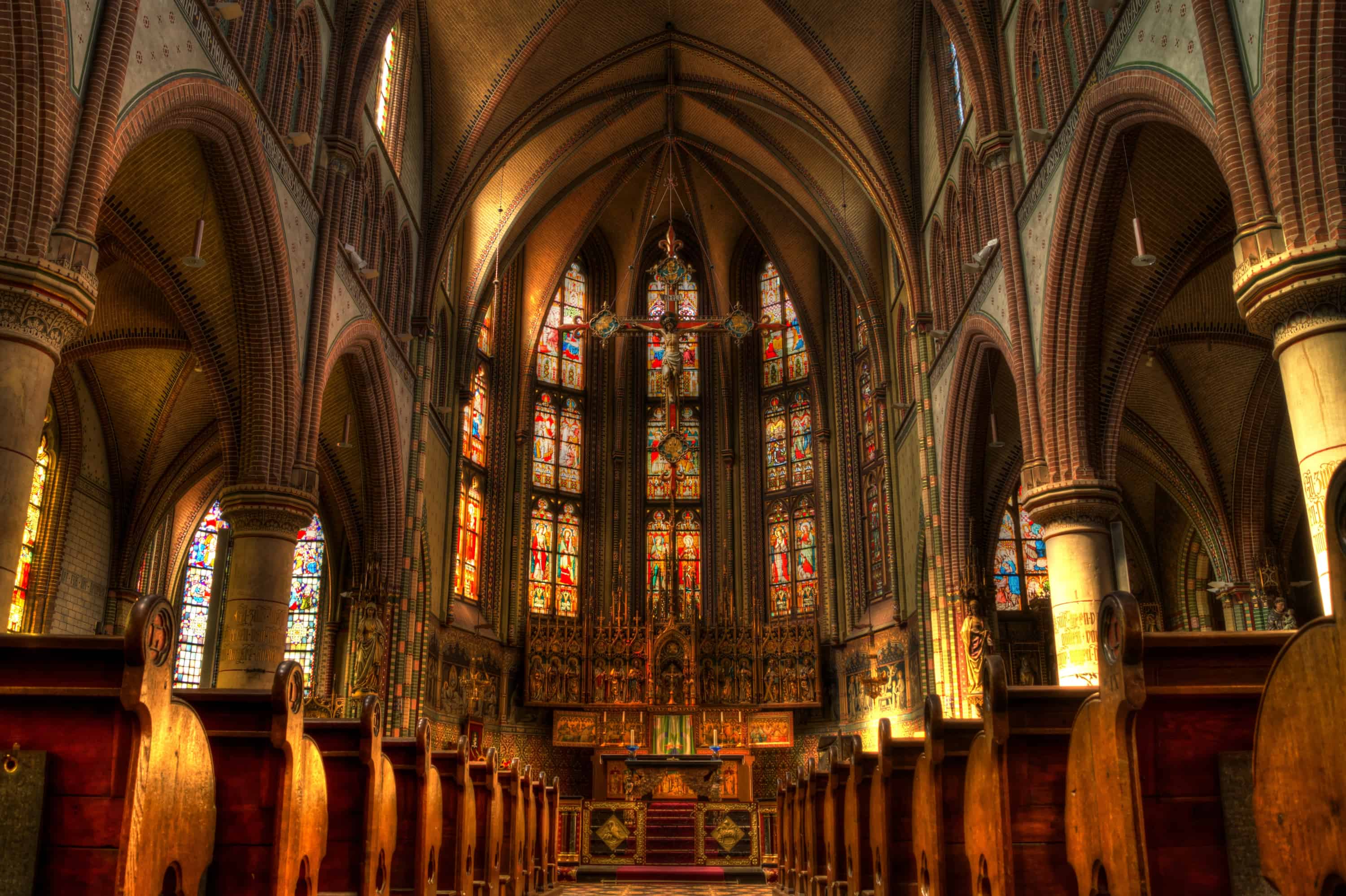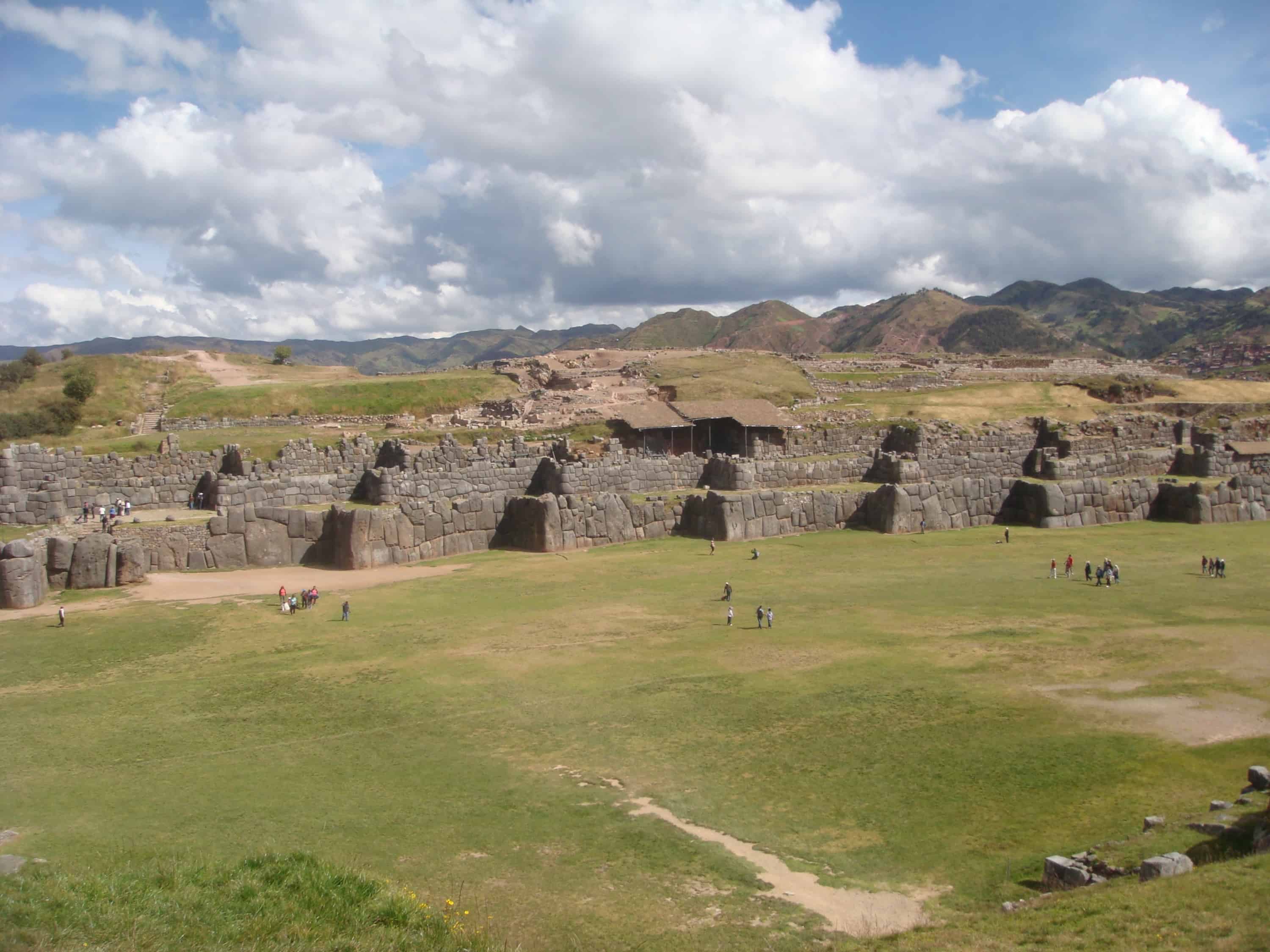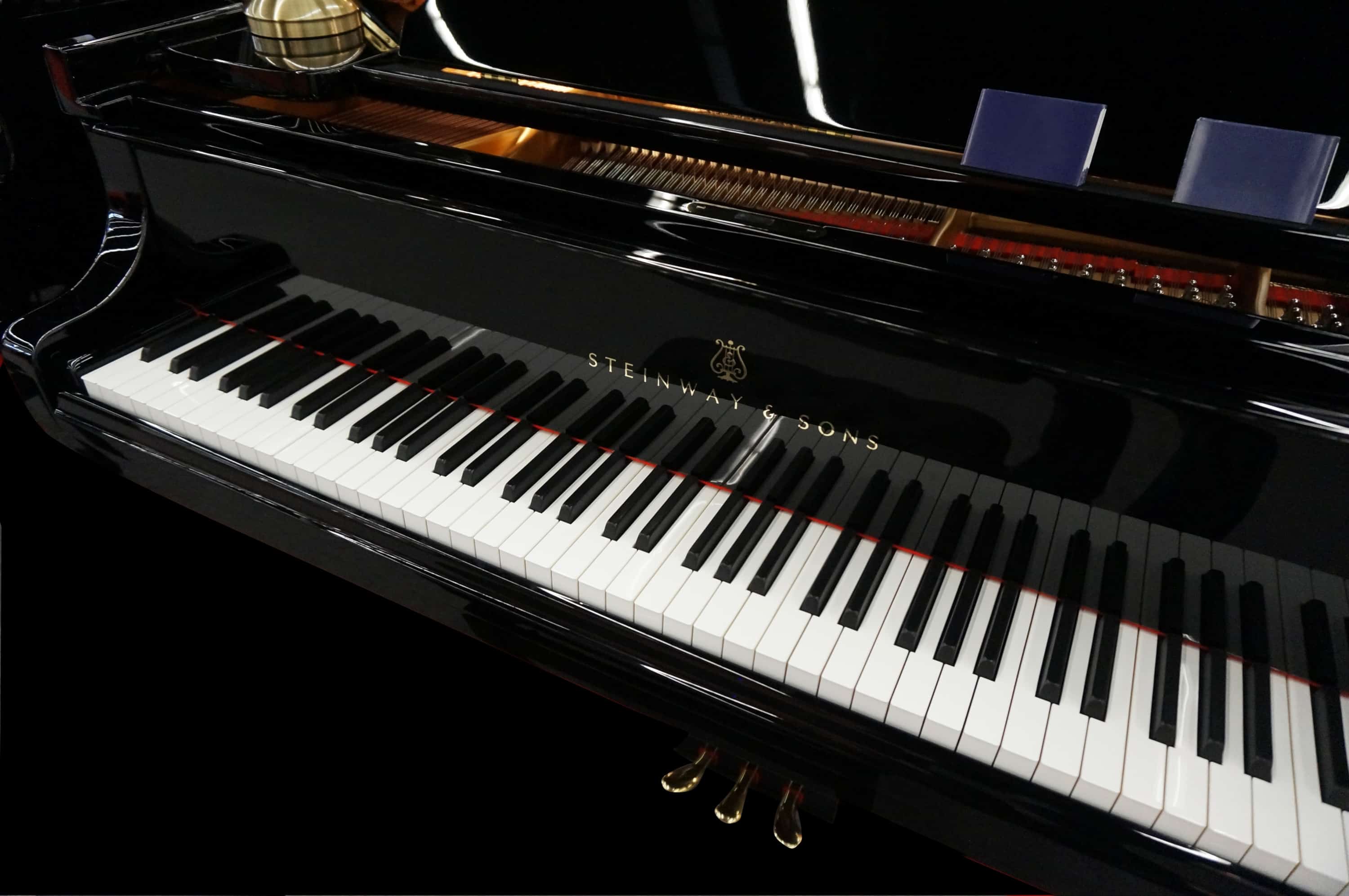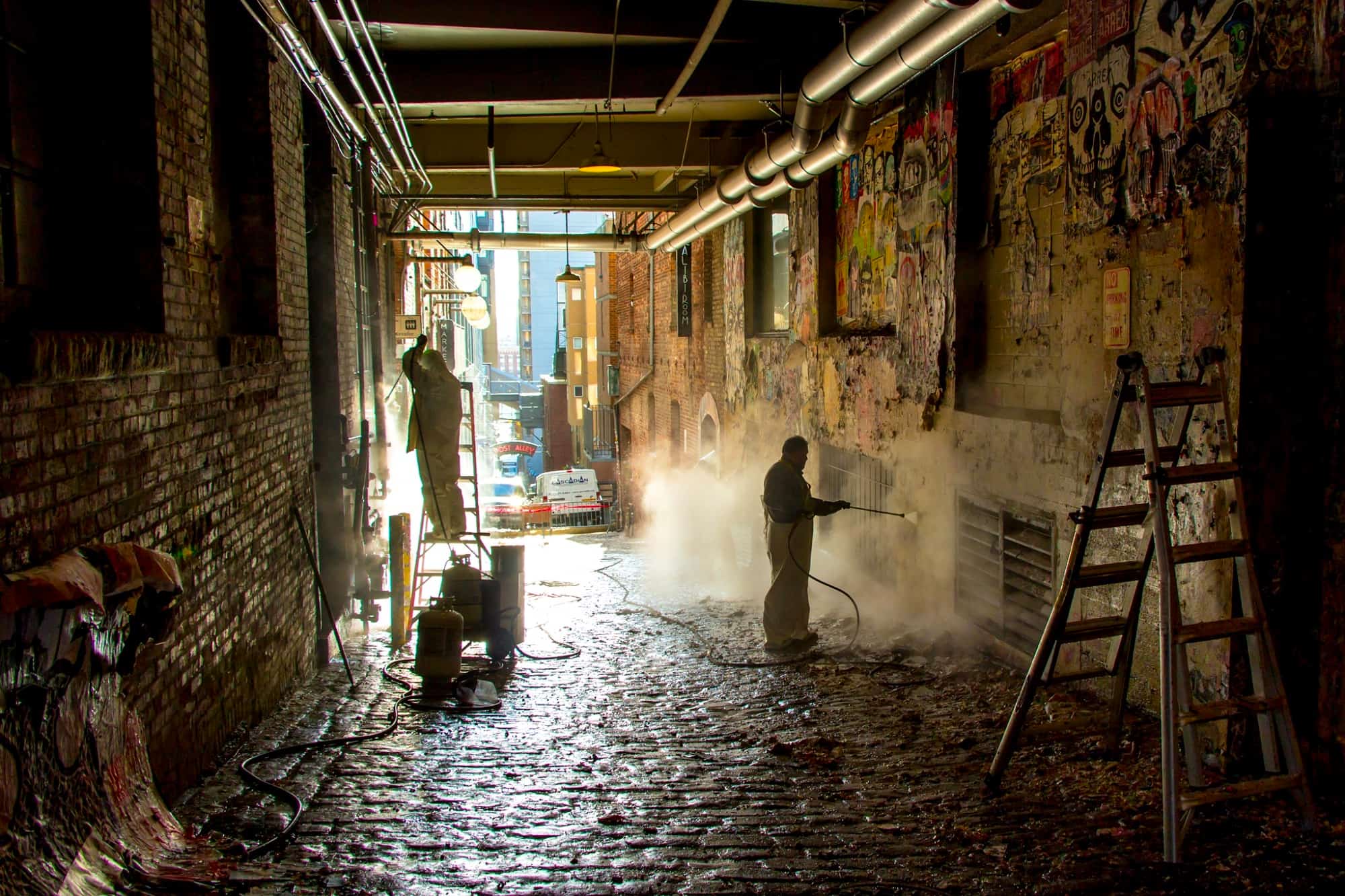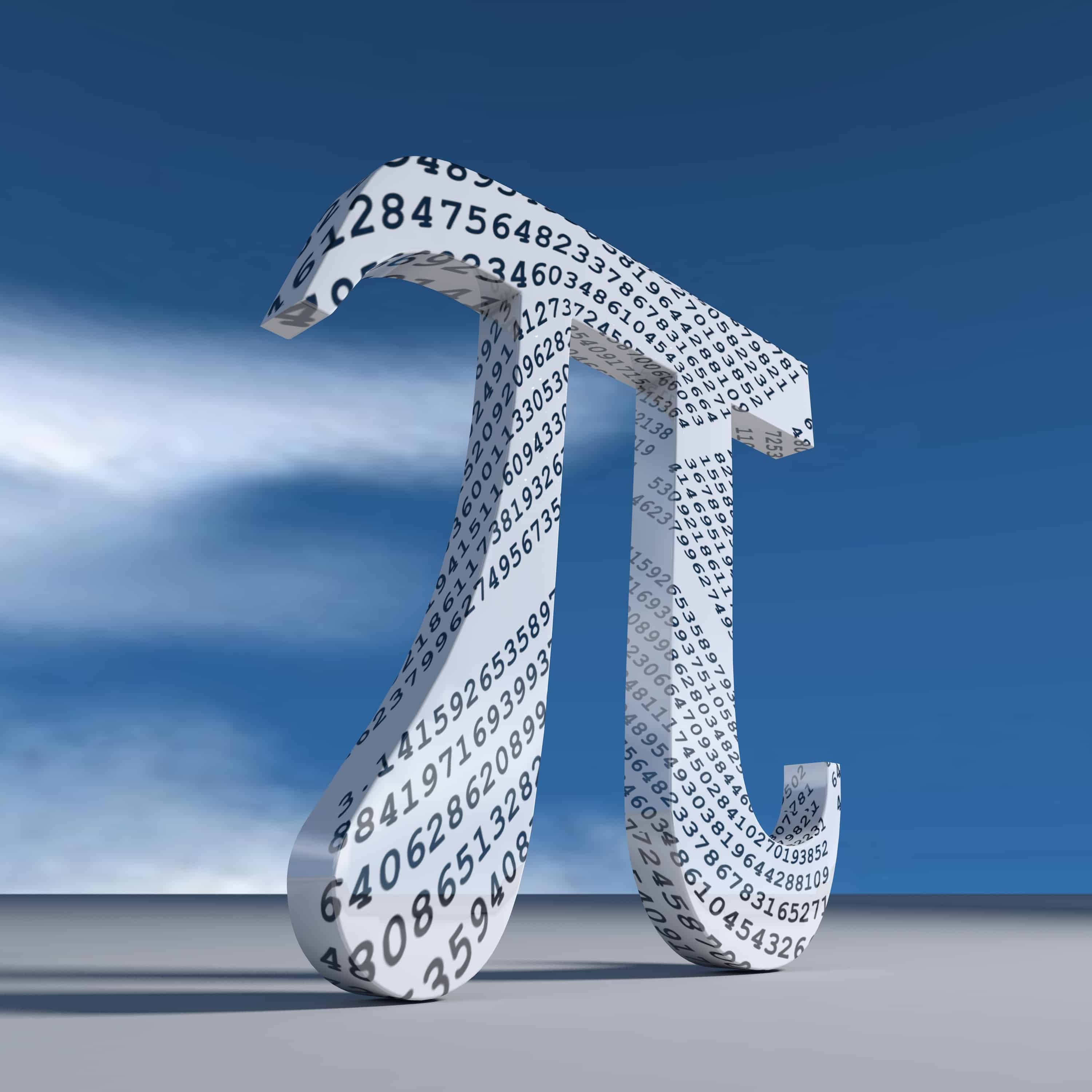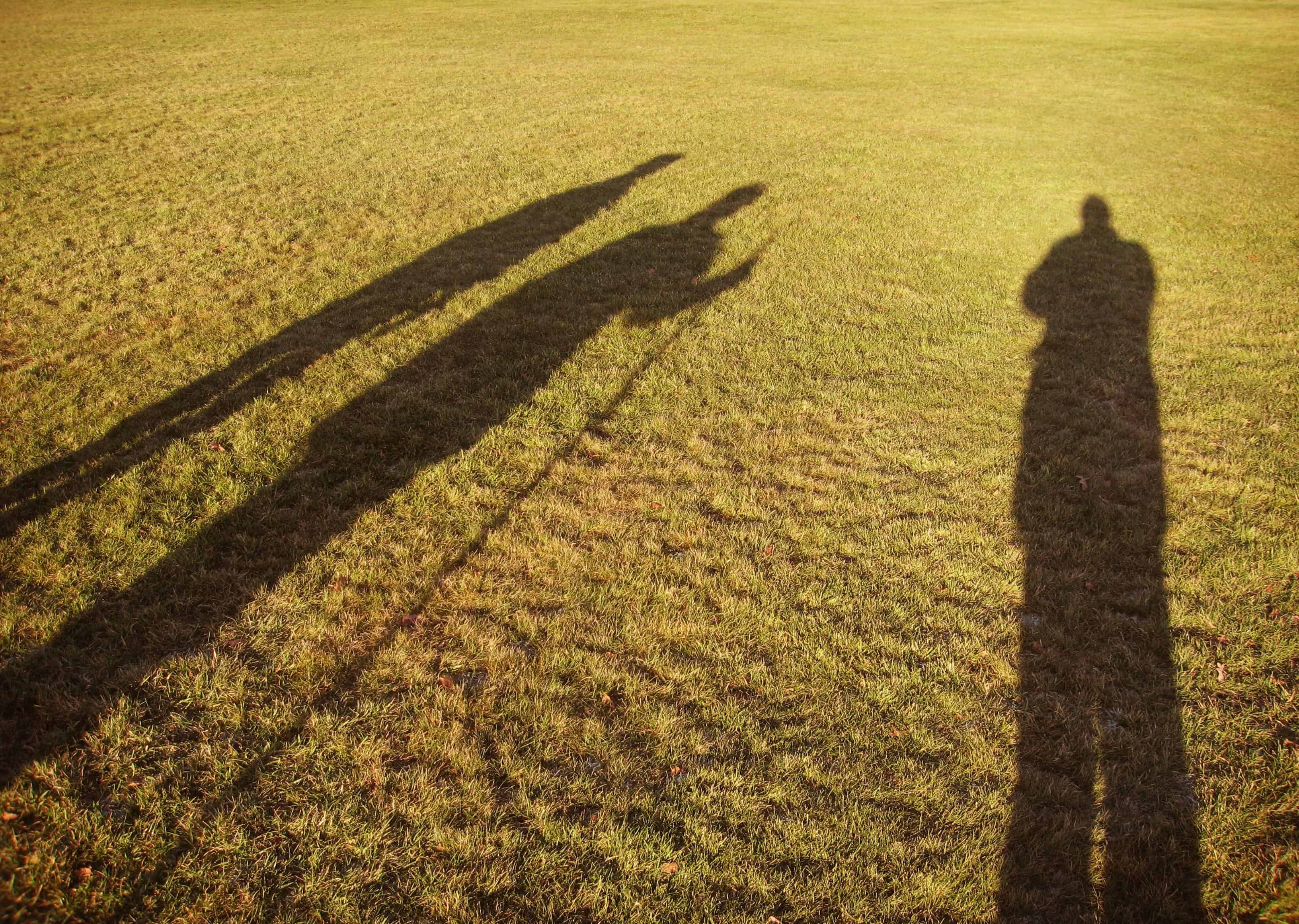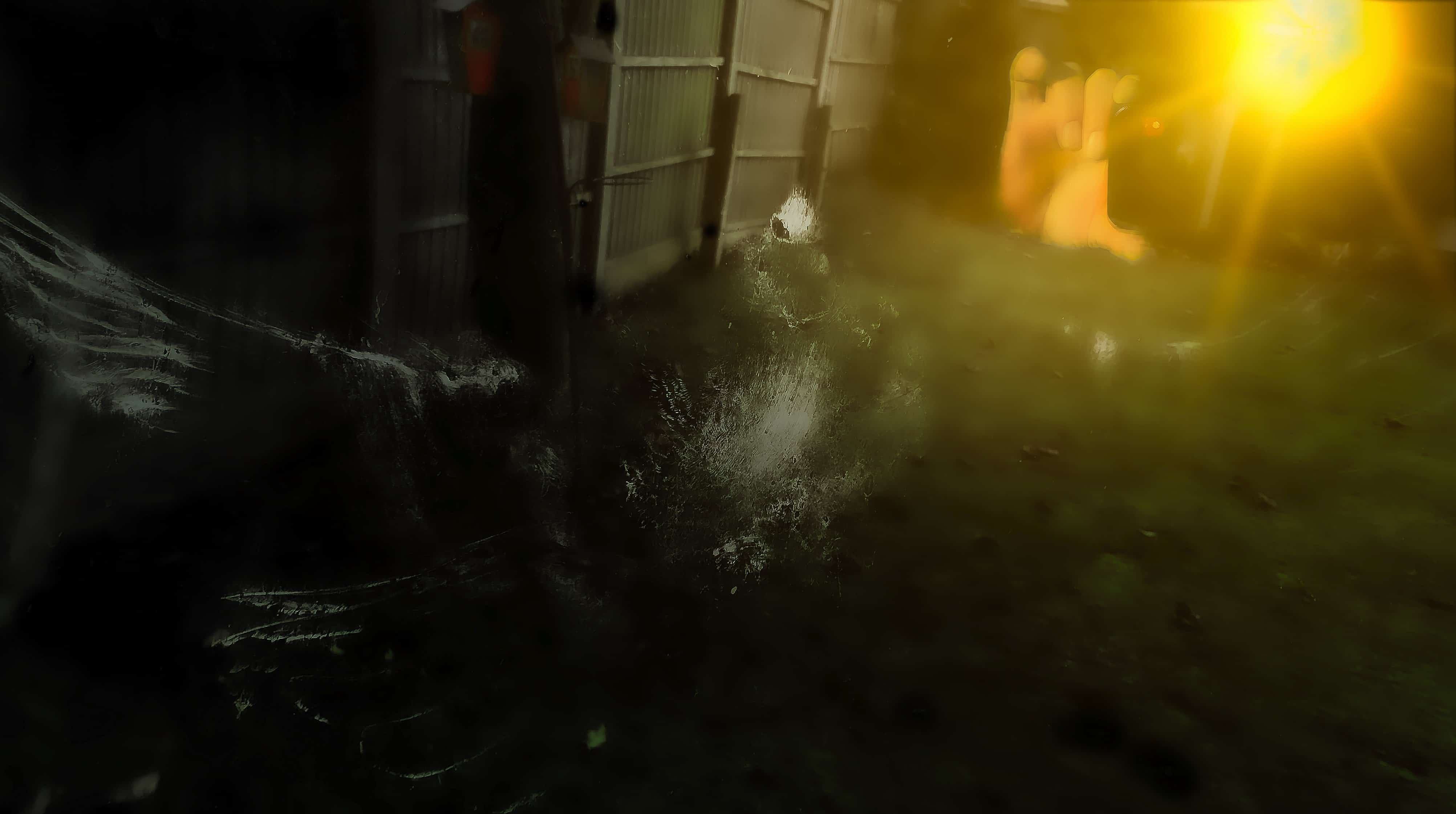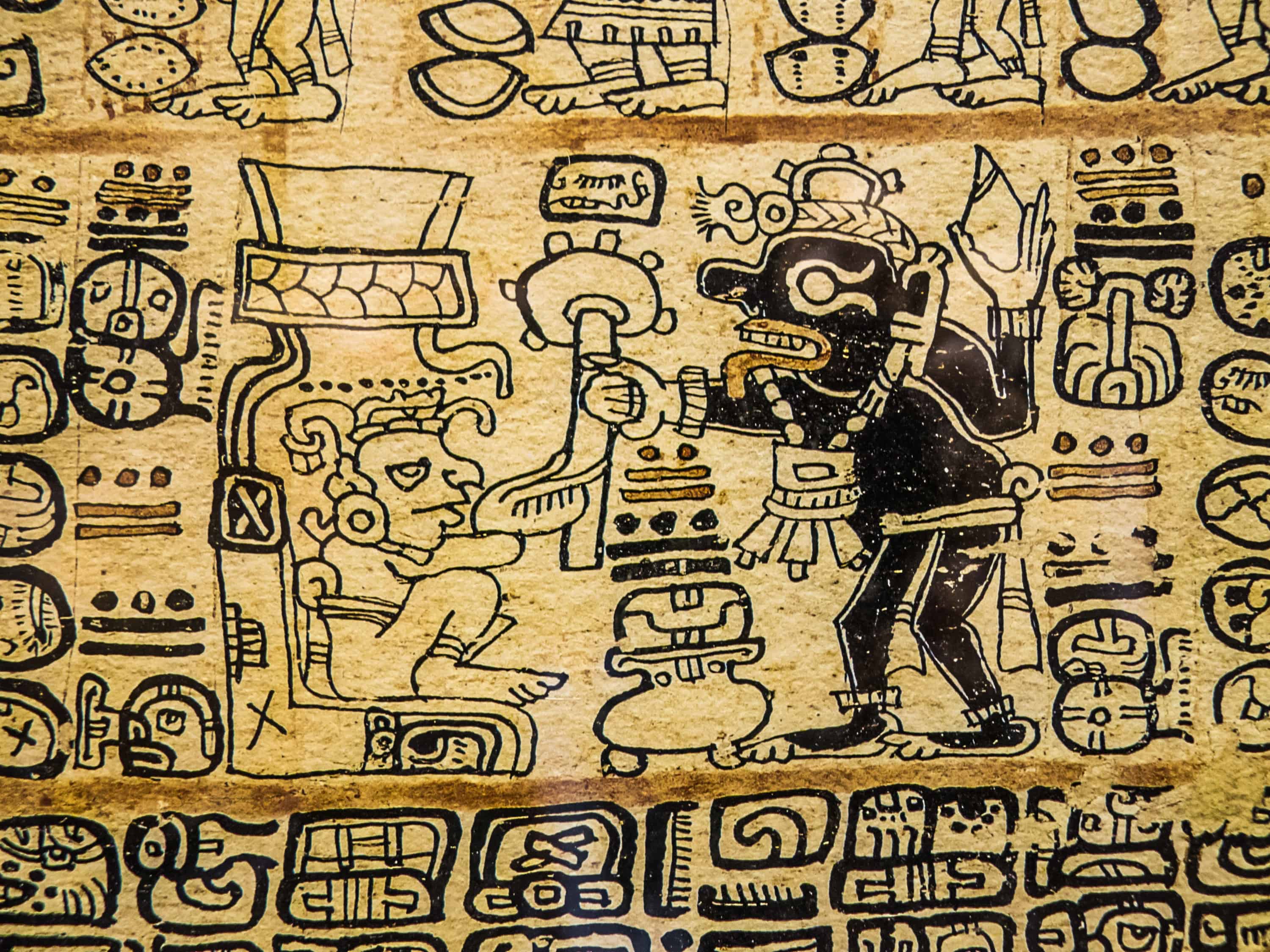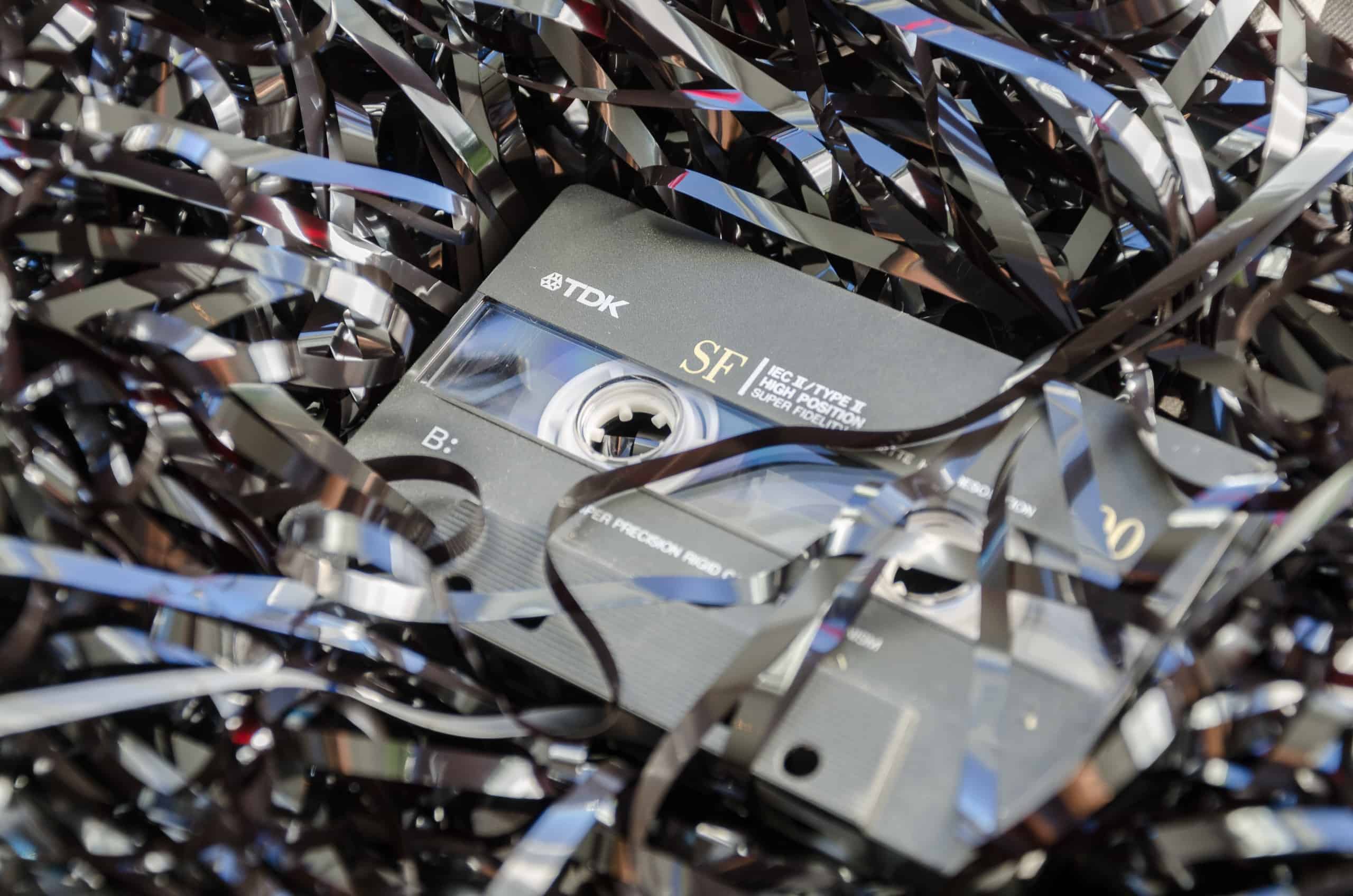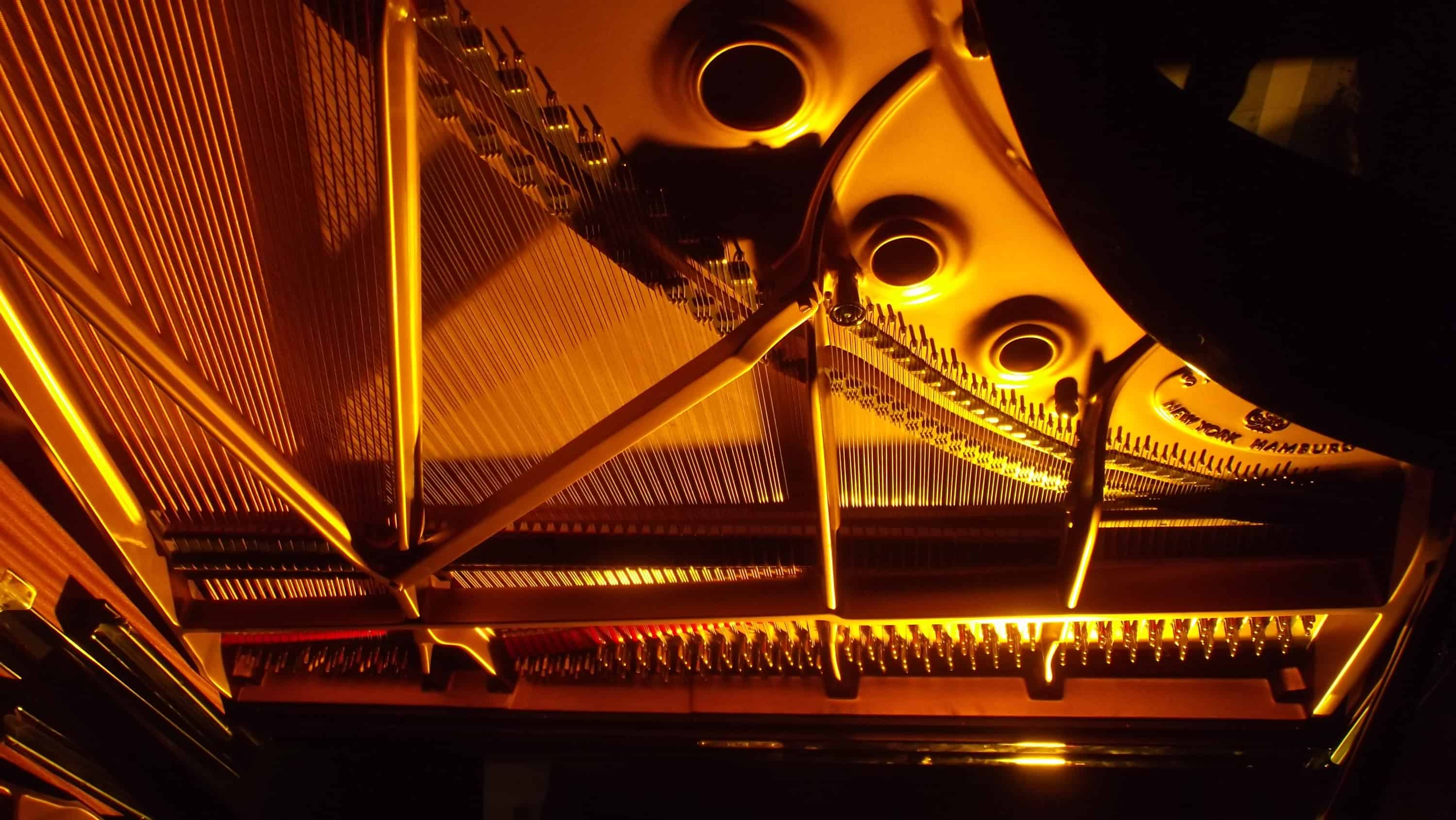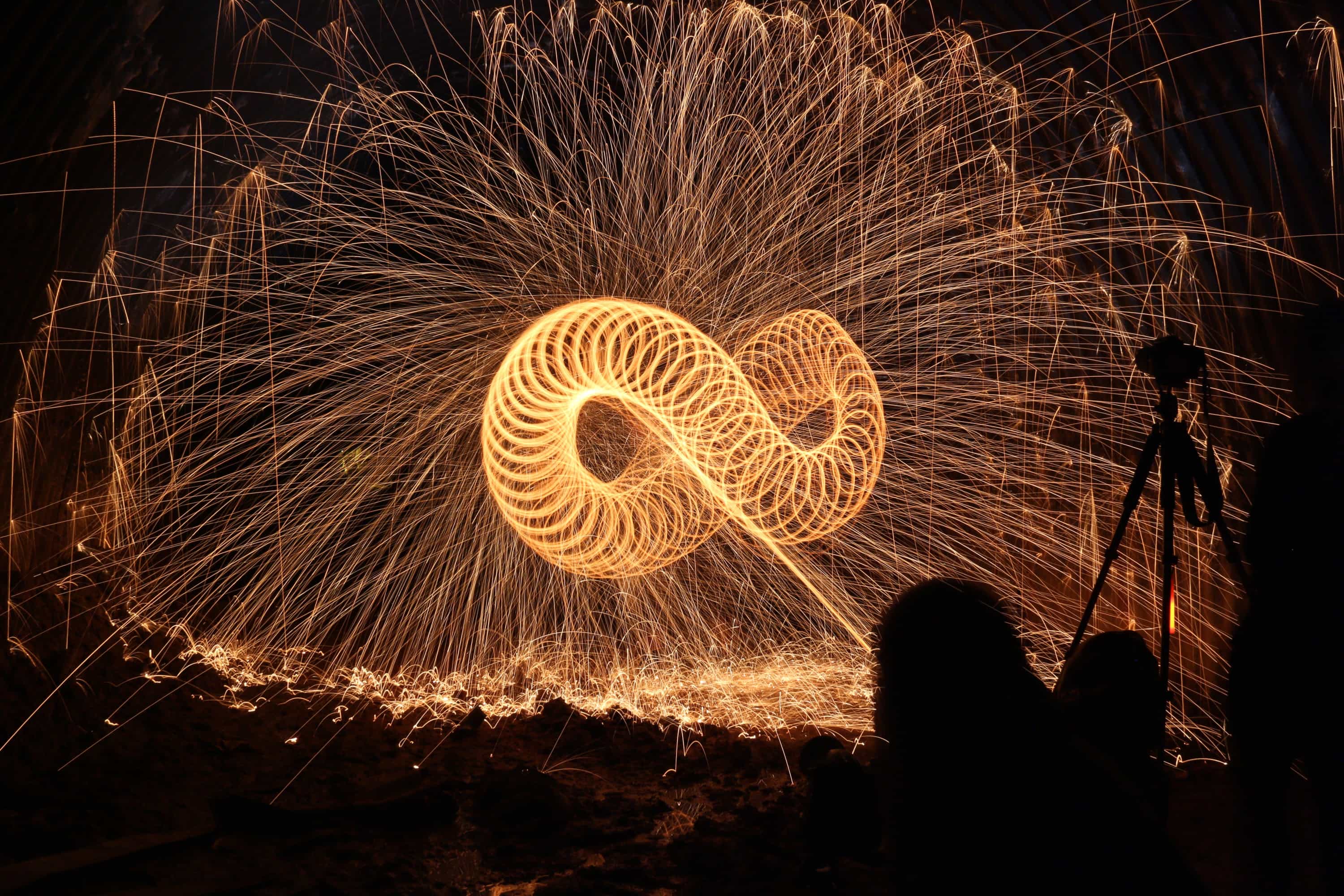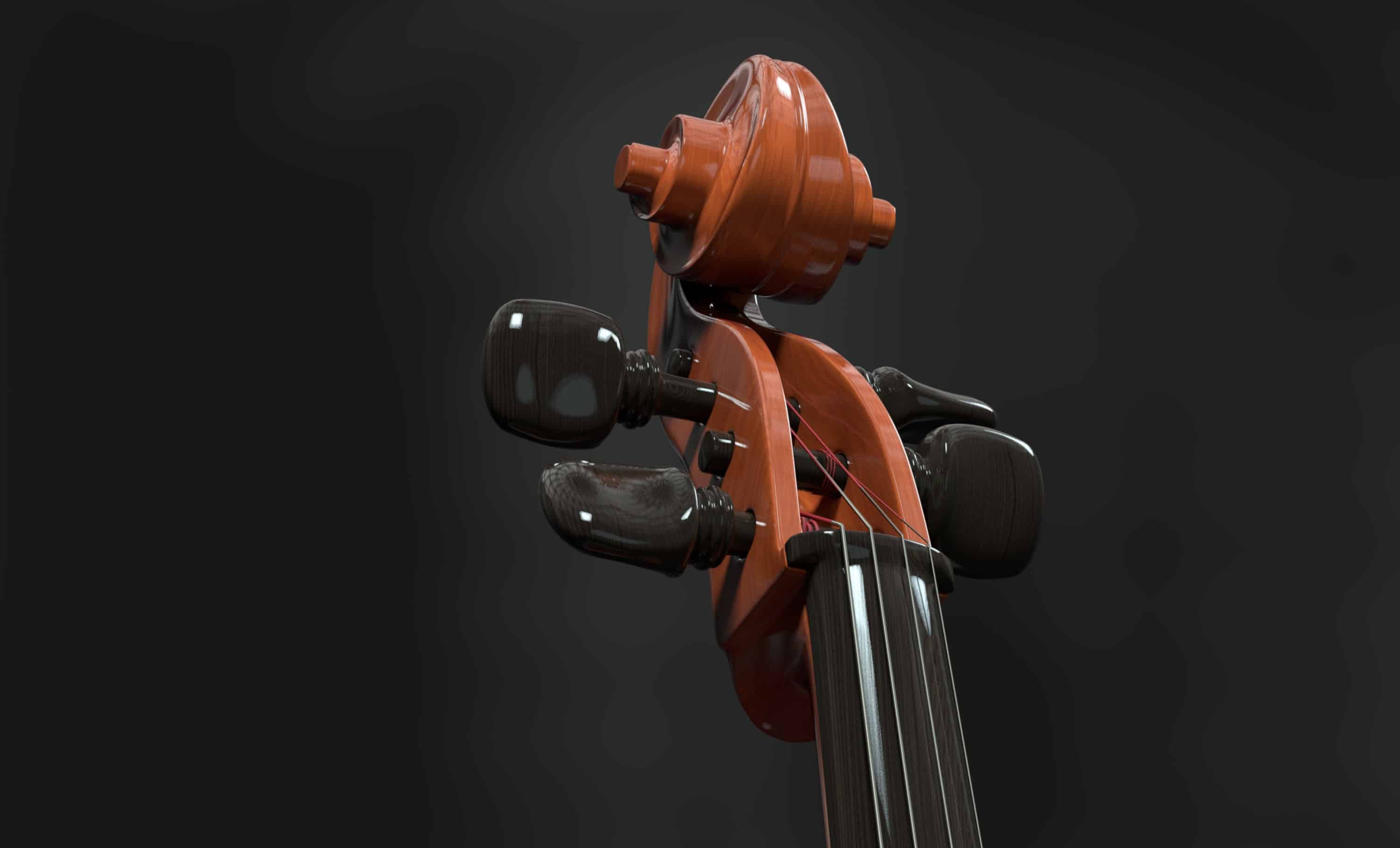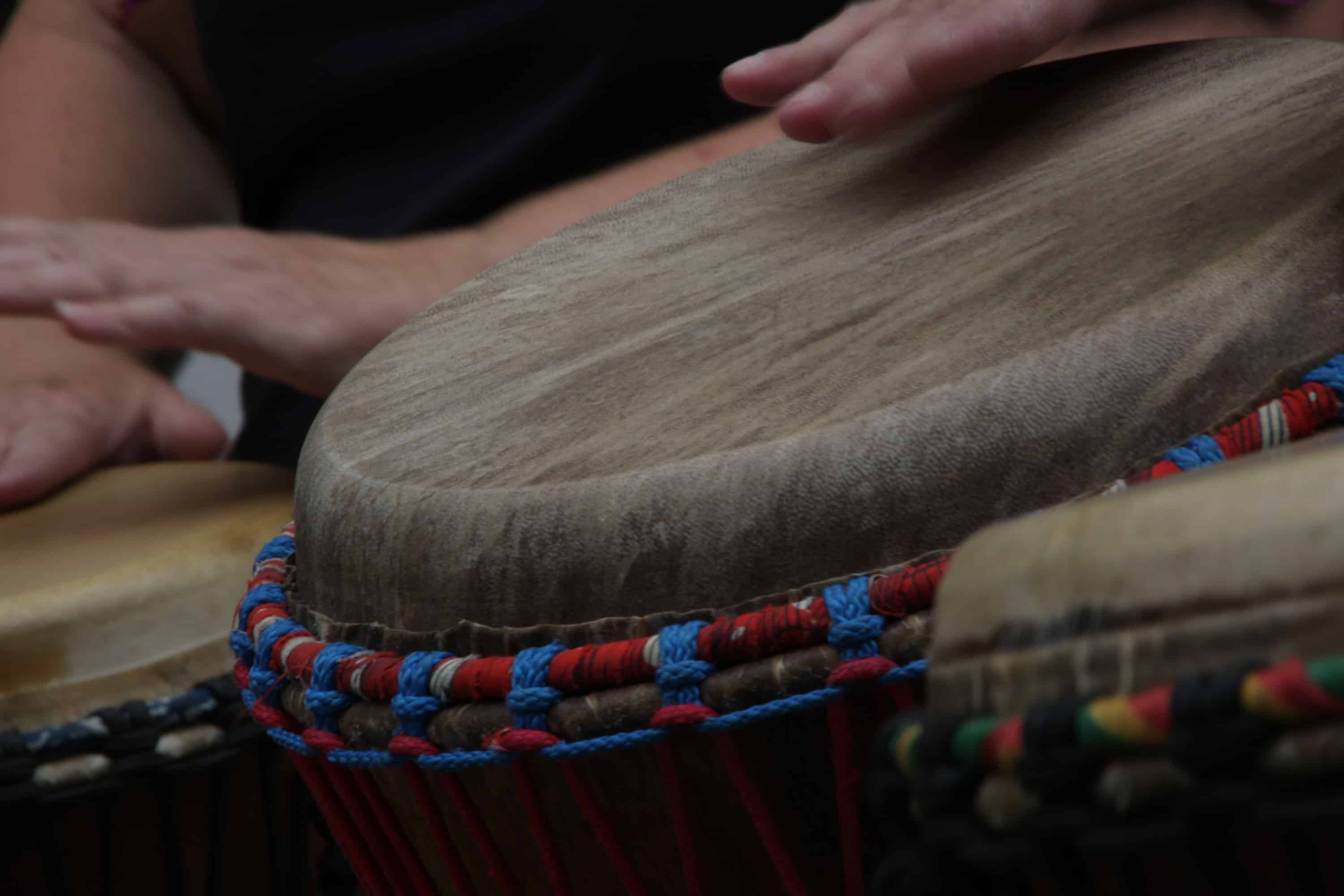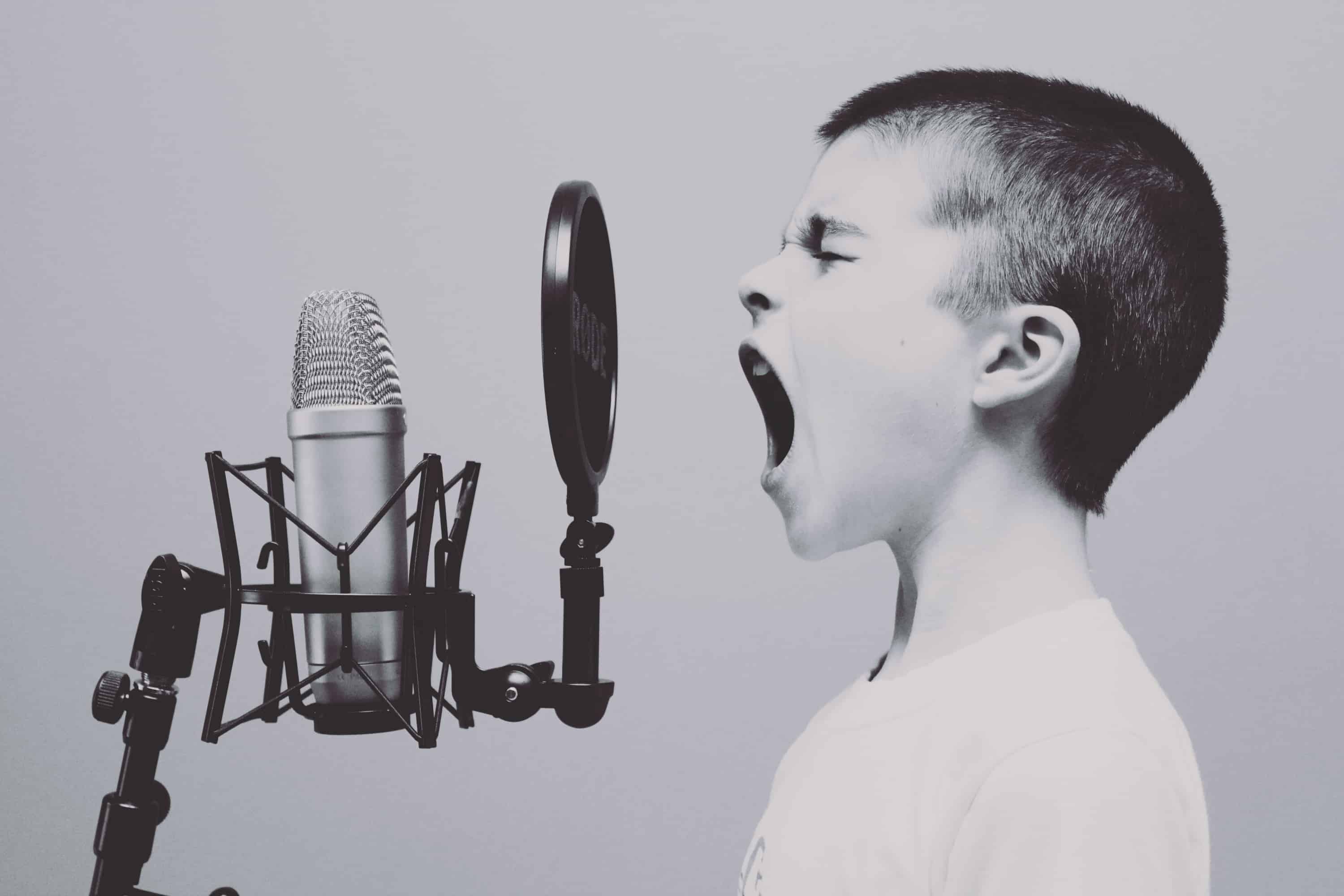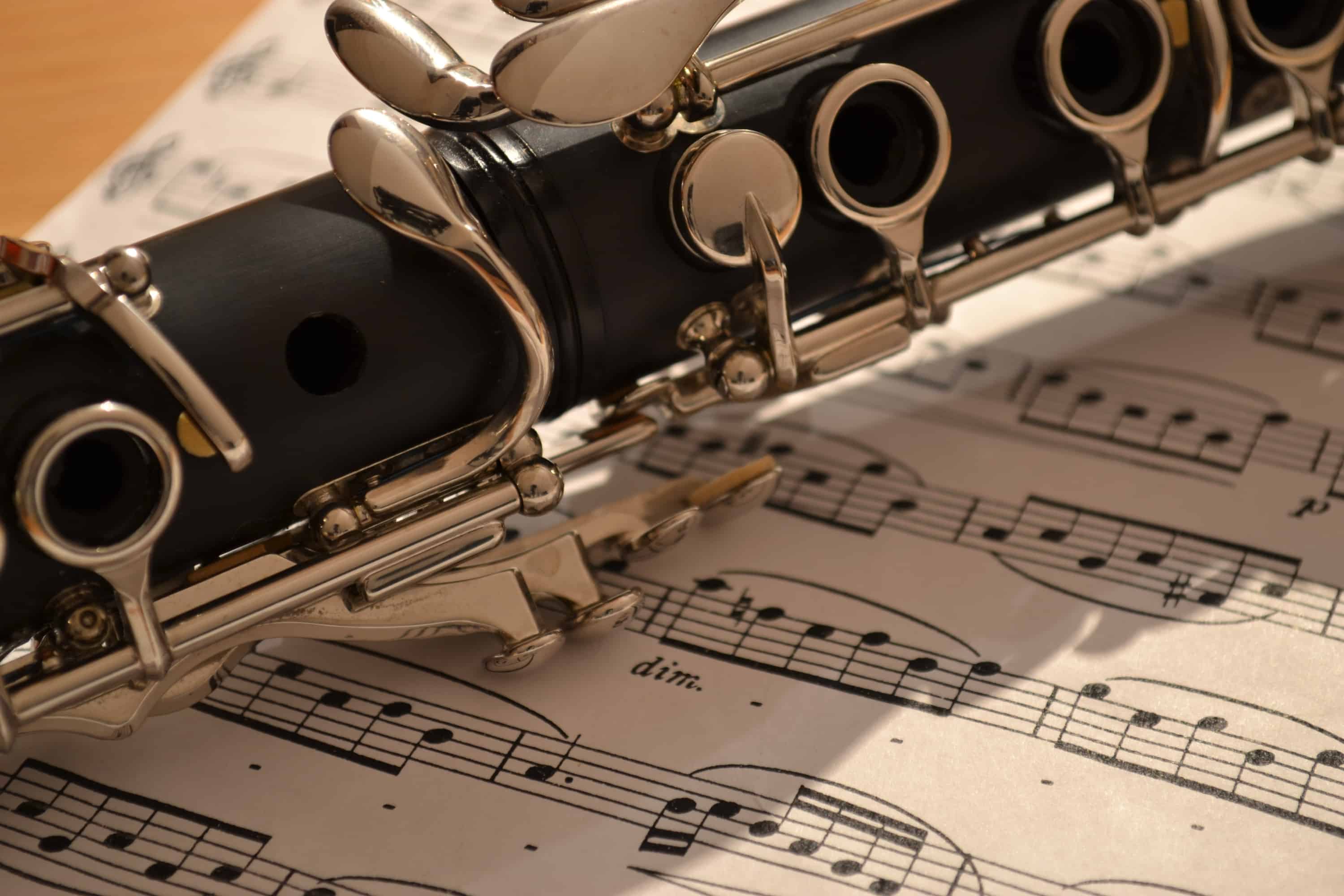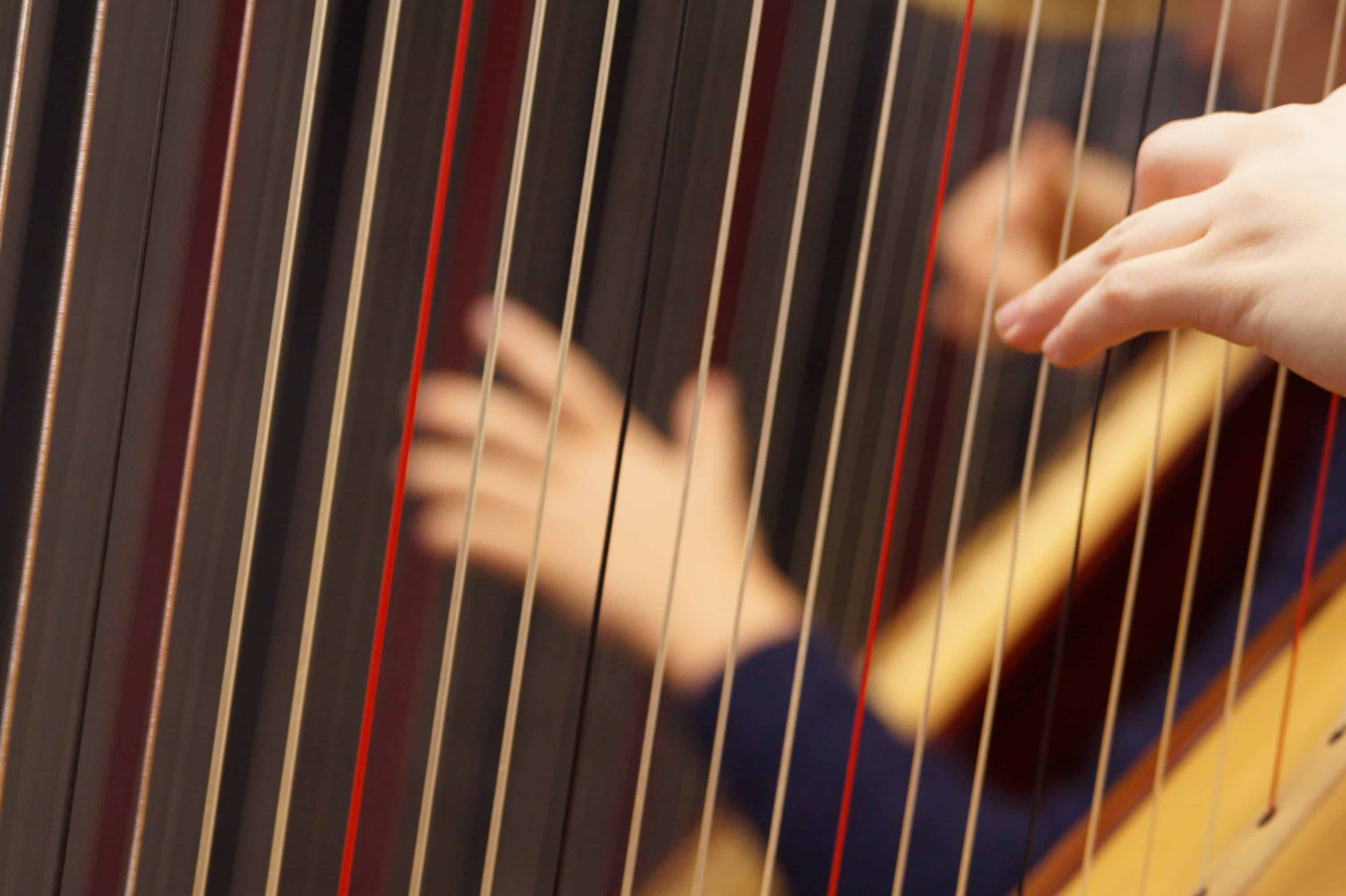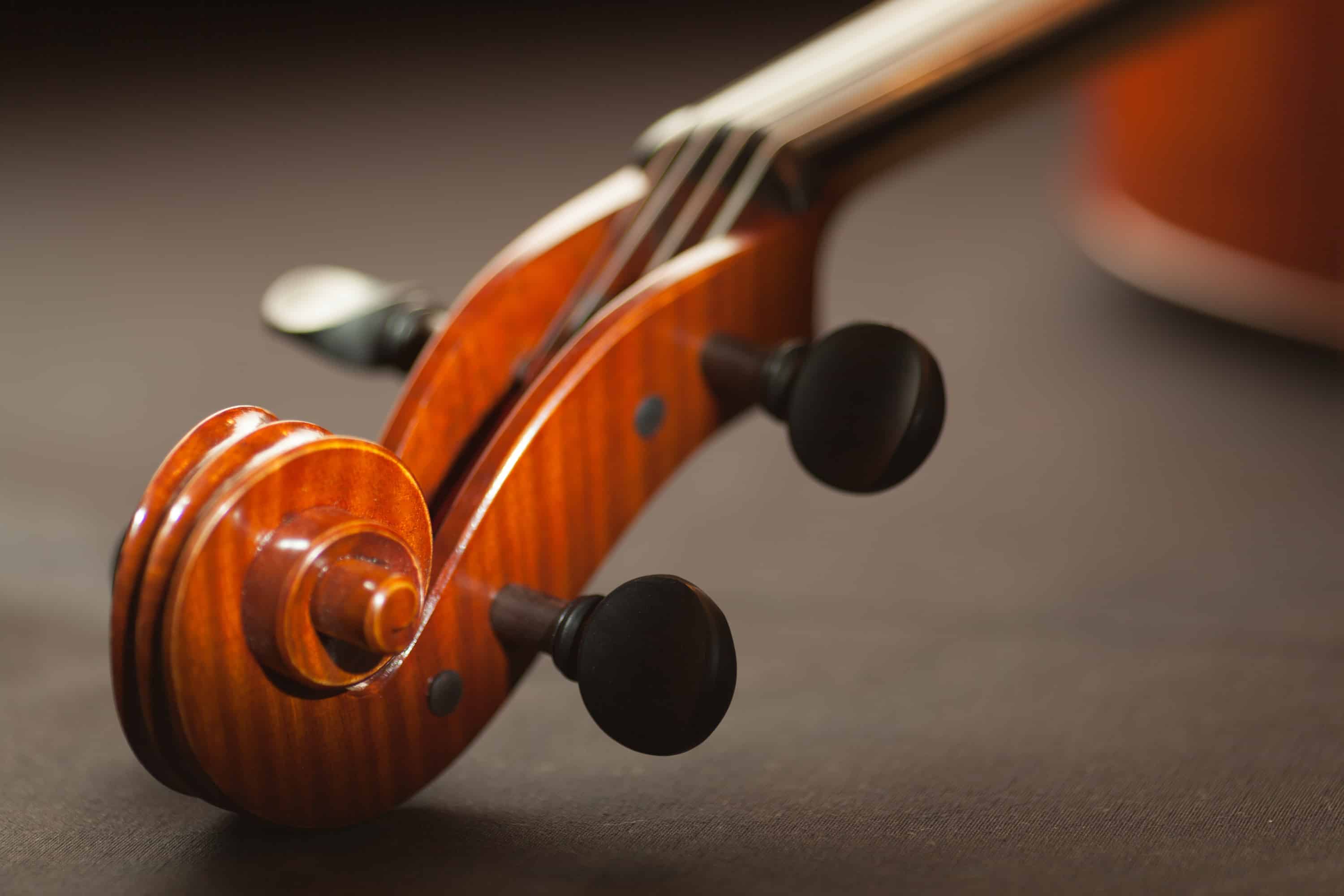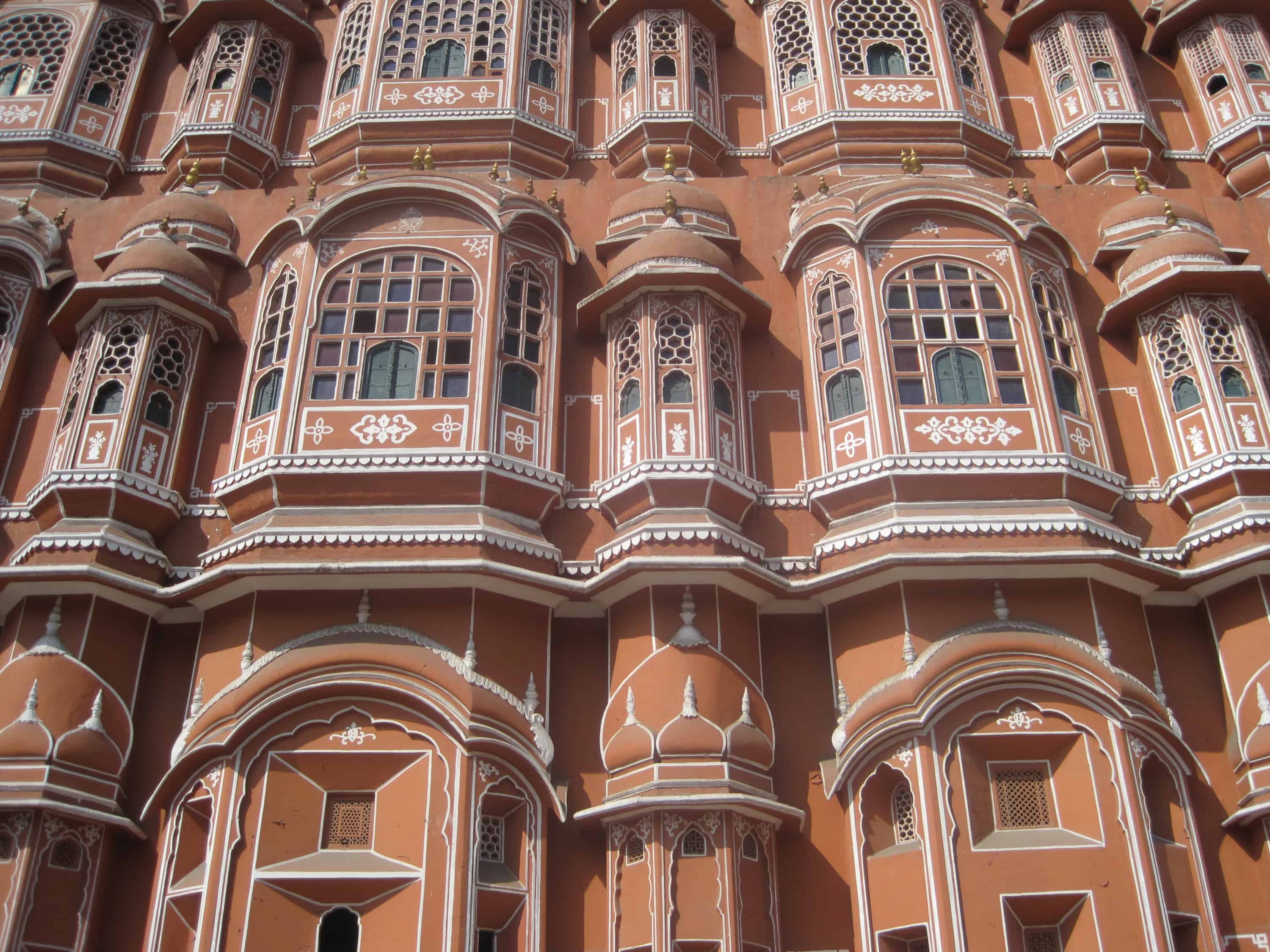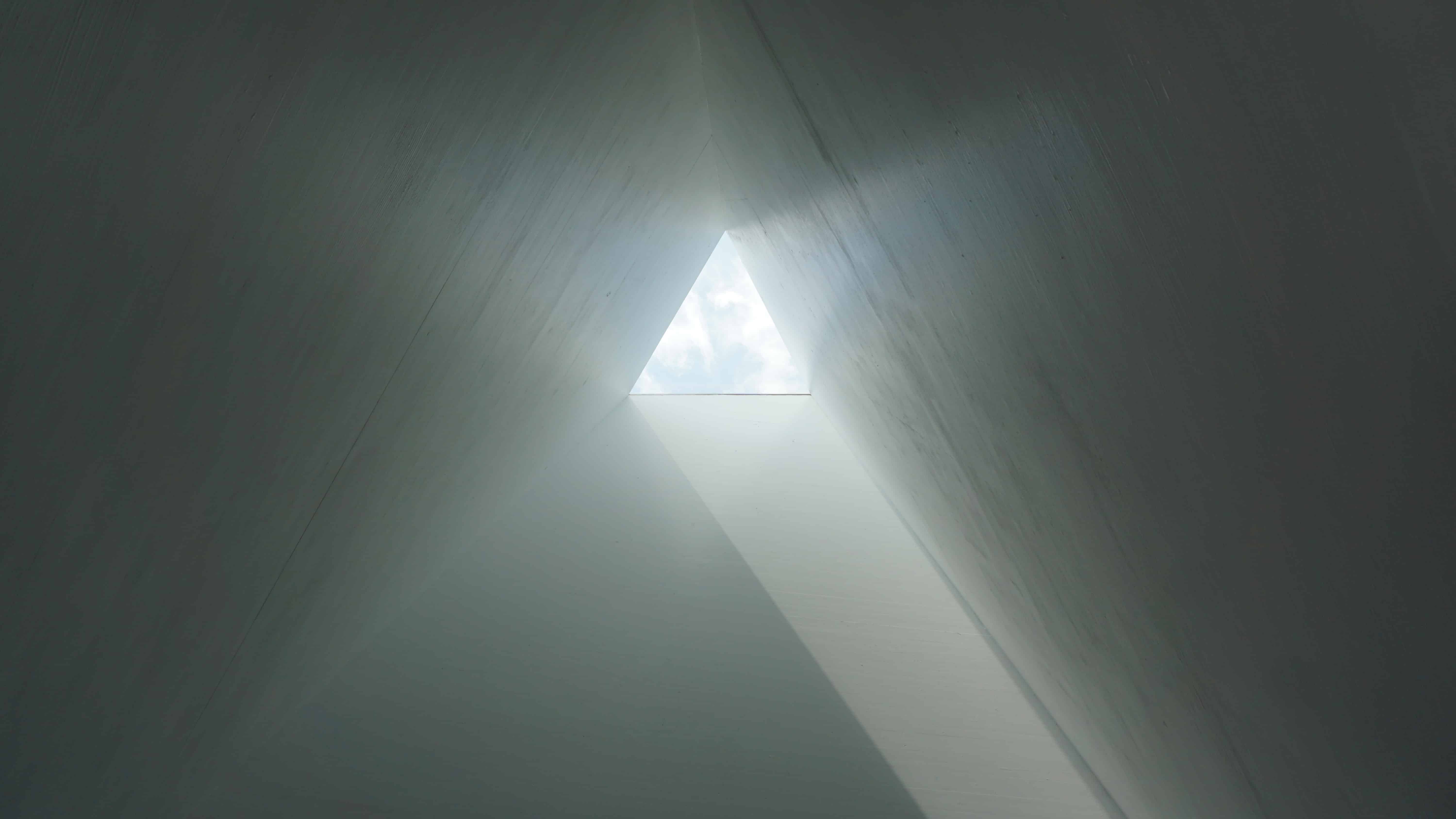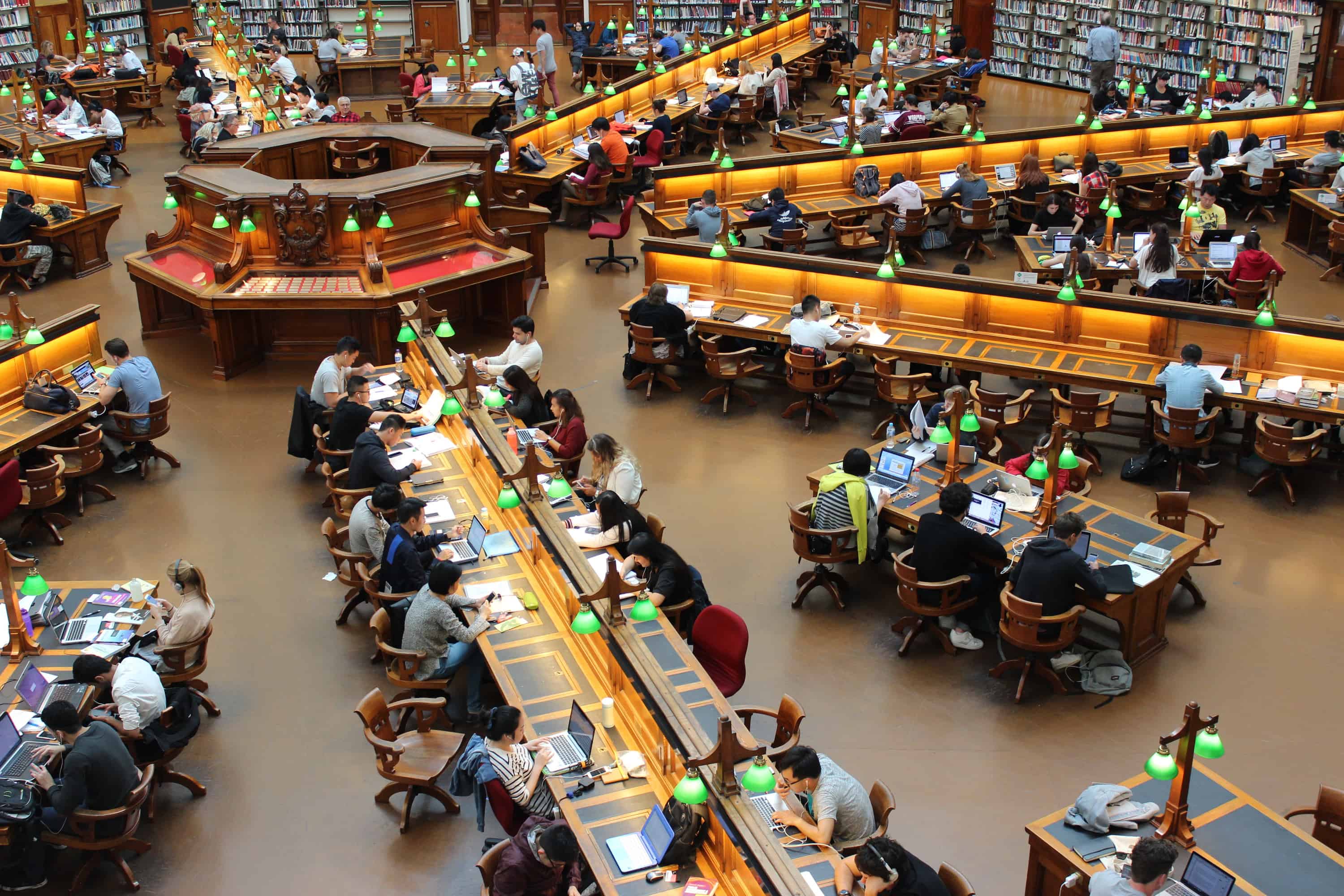Electroacoustic Composition 14
Chance Encounter (2010/13)
Variable form single movement for interactive 8-channel fixed media, or four movements on a relative theme for multiple-stereo analogue surround-sound diffusion.
Stereo Mixdown (Vs.1)
This single-source, single-movement, acousmatic composition for 8-channel surround sound was conceived as a companion piece to its older electroacoustic sibling: A Chill Breeze and realised from the sounds of an orchestral harp during 2012/13 using primary audio recorded during 2010.
Inspired by the musical ‘mobiles’ and chain-forms of Witold Lutosławski and the compositional ‘blocks’ of Sir Harrison Birtwistle, this work continues recent compositional research into flexible and interactive concrete form (Acousmatic Chakras, Rotations and Resonances): Indeterminate Acousmatics …
This piece adopts a ‘Russian dolls’ approach to form and texture: The Matryoshka Principle is often used as a metaphor for contextual research and as a design paradigm denoting a recognisable relationship of ‘object within similar object’: Matryoshka Form …
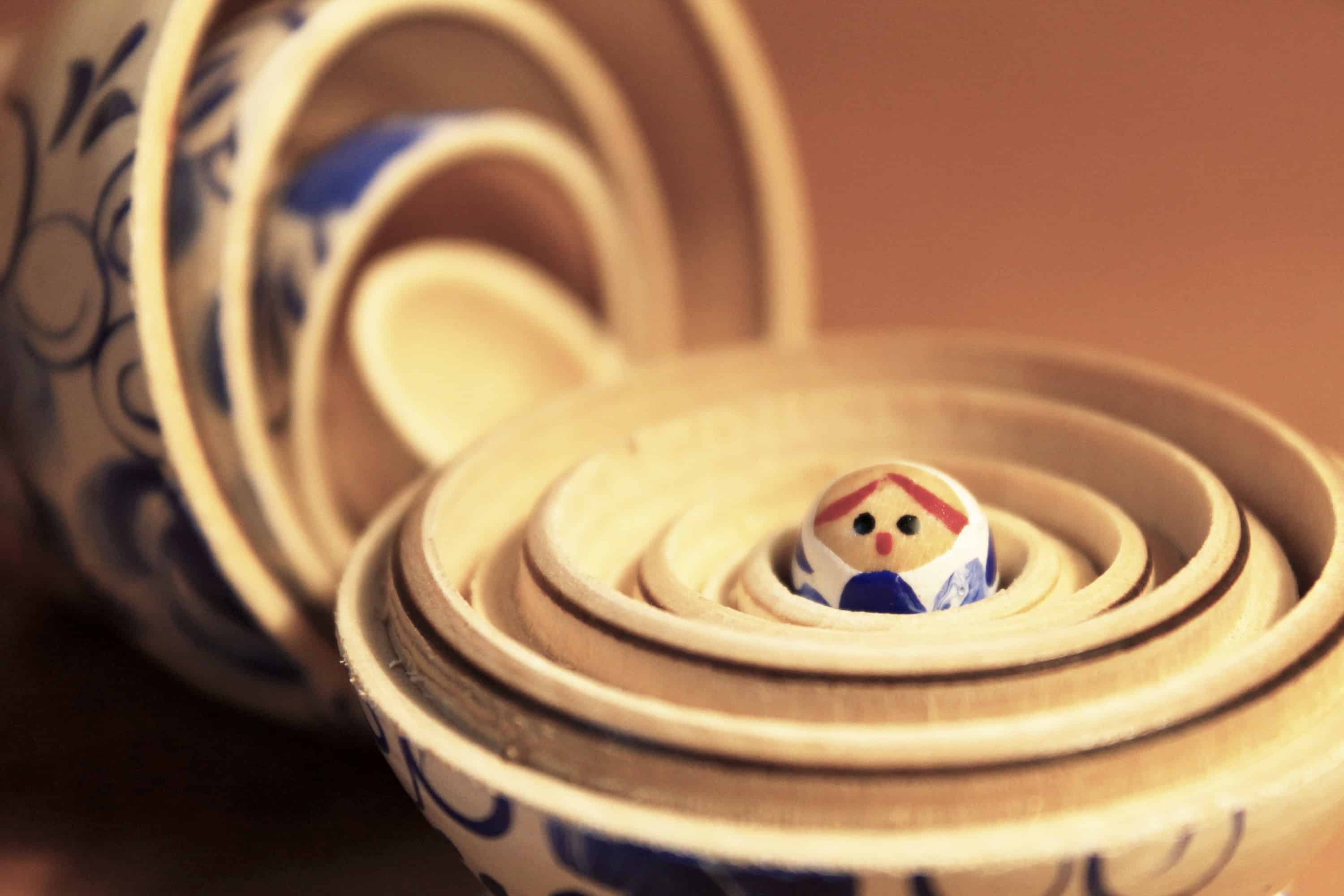
Whereas in Acousmatic Chakras and Rotations & Resonances, the form could be displaced, juxtaposed, extended and overlapped in a linear ‘block and chain’ form, with flexible silences, cued entry points and interactive sounds, here the various movements (or strata) are laid on top and alongside each other to create a unified and vertical wall of sound to be diffused to eight channel panoptic surround in the concert hall.
The various movements (strata) were composed separately from one another, but all shared a formal template. This template or ‘ground-canvas’ provided the hit-points for sonic landmarks and triggered fundamental changes in atmosphere and timbral character within the distribution of the linear form. The ground-canvas therefore controlled the pacing of materials for each of the strata and guided the fundamental dynamic, timbral and textural contours of the micro, meso and macro form.
The main division of the vertical form is into four strata, four stereo pairs: 1/2, 3/4, 5/6 and 7/8, plus the panoptic presence of the ground-canvas, but there are further linear subdivisions of form within the individual strands.
Distributing the sonic stratum into stereo pairs within the panoptic 8-channel environment was a decision informed by Chaos Theories and the concept of Chaotic Pairs: Chaotic Attractors and Distractors. Even determining the placement of the stereo pairs and their orientation within the circle of loudspeakers produces multiple variables: Shall they be paired at opposite sides of the circle or in adjacent pairs?
Mixing the combined strata in real-time in the concert hall allows the thematic materials, dynamic contours, rhythmic motion and composite sounds of any and each (or all) strata to predominantly influence the form of the combined vertical meta-instrument at any one time. The individual perception of the mix is also subject to further variables dependant upon where one is seated in the concert hall.
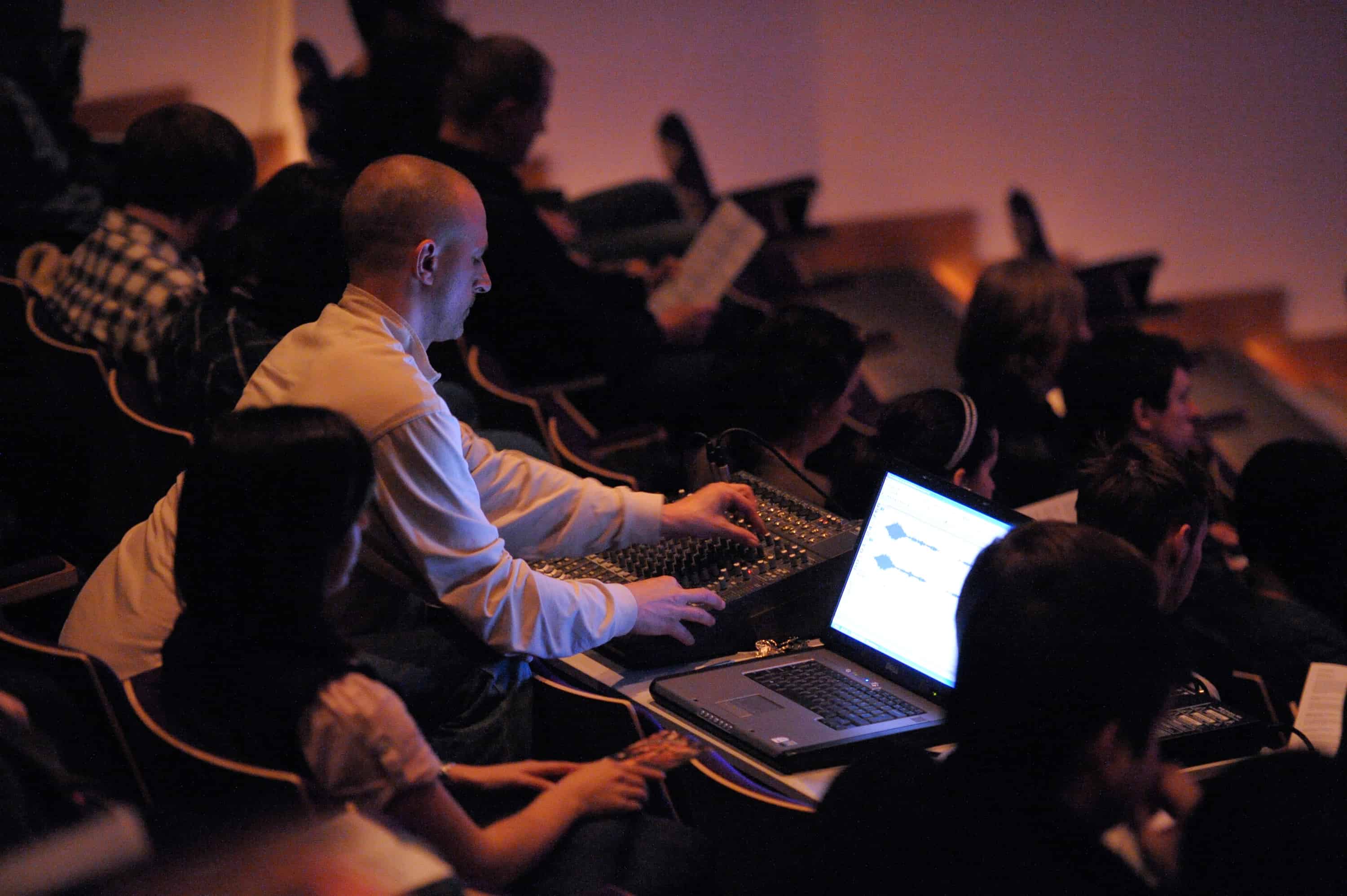
How all are affected in different ways by the same event is clearly referential to Chaos Theory: A butterfly shakes its wings …
Therefore, the real-time diffusion literally composes (or recomposes) the piece during each performance; sculpting, refining and defining the textures in real-time, and this acousmatic work composed entirely of precomposed (and predetermined) concrete audio is ultimately rendered indeterminate.
Each of the linear strata travels through a fixed sonic journey within a predetermined linear length, but the resultant ‘whole’ is wrapped within a multi-variable and flexible vertical concrete form: Indeterminate Acousmatics …
Brief Synopsis :
Panoptic
The through composed ‘ground canvas’ of atmospheric and complimentary percussive timbres, continuous sound and elements of rhythmic impetus provides the formal template for the realisation of this composition. The ground-canvas establishes the synchronised hit points and formal landmarks upon which all the other concrete strata were composed.
The ground-canvas should either be a panoptic presence underpinning the full mix (in all channels at once), or reduced to a centralised mono (or stereo pair) in the middle of the audience (and/or front and centre), it should be an omnipresent in the mix, but left at a fixed and predetermined volume throughout and slightly in the background.
Strata 1&2
Strata 1&2 generally play a supporting role in the mix as a whole, providing an increased level of textural activity and a first layer of additional ambient material to enhance the existing textures of the ground canvas. Strata 1&2 also includes a sub-mix of the ground canvas, which further emphasises its supporting role in providing the ‘blanket of sound’ that could be referred to as the through composed continuum for this piece …
Strata 3&4
Strata 3&4 are primarily composed from percussive timbres and subtle resonant gestures, but with some ‘front line’ events composed in reaction to the ground canvas. The strata include extended silences in between two clearly defined sub movements plus a short coda. Strata 3&4 enhance the textural complexity and rhythmic activity for the vertical meta-instrument as a whole, but clearly serve to support the ground canvas/continuum.
As each strata in turn reacts in some way to the hit points and formal landmarks in the ground canvas, the surround mix generally starts to exhibit ever more complex variables of timbral displacement, spatial echoes, canon and counterpoint.
Strata 5&6
Strata 5&6 are a structured and coherent piece in their own right and could be presented as an independent acousmatic movement. With a through composed form and structure outlining a sonic journey of continuous sound and clear rhythmic goals, phrasing and momentum alongside a focussed sense of textural distribution and dynamic shading, Strata 5&6 offer a lot of primary composite sounds to the overall mix.
Strata 7&8
Strata 7&8 are a structured and coherent piece in their own right and could be presented as an independent acousmatic movement. Similar to Strata 5&6, with a through composed form and structure outlining a fluid sonic journey of continuous sound with clear rhythmic goals, momentum and a focussed sense of form, this strata places most emphasis on smooth dynamic envelopes and extended atmospheric resonances, preferring motivic rhythmic development instead of rhythmic repetition. Strata 7&8 general acts as the complement to Strata 5&6, the two share similarities, but also focus upon their own timbral characteristics to find a natural place in the combined vertical timbres and textures of the mix as a whole.
Conclusion :
If not handled with care, empathy and experience, the complete mix can easily turn into a cacophonous wall of near acoustic saturation, but in the hands of an experienced technician with a musical ear and a sense of acoustic space and spatial distribution, the organic real-time creation of an indeterminate acousmatic composition is an exciting prospect, sculpting the creation of an almost living and breathing corporeal entity into the panoptic acoustic space of the acousmatic concert hall …
Indeterminate Acousmatics, Matryoshka Form and Chaos Theories, whatever will they think of next?

Acknowledgement :
Thanks go to American concert harpist Chilali Hugo for recording the primary sound material from which this piece was composed.
Direct Pdf Link :
Additional Resources ...
A sound palette of 74 mono audio samples exploring the soundworld of the orchestral harp used as the single sound source for this piece. The files are available to use as open access source recordings for electroacoustic and acousmatic composers (136MB of 16bit Wave Audio).

